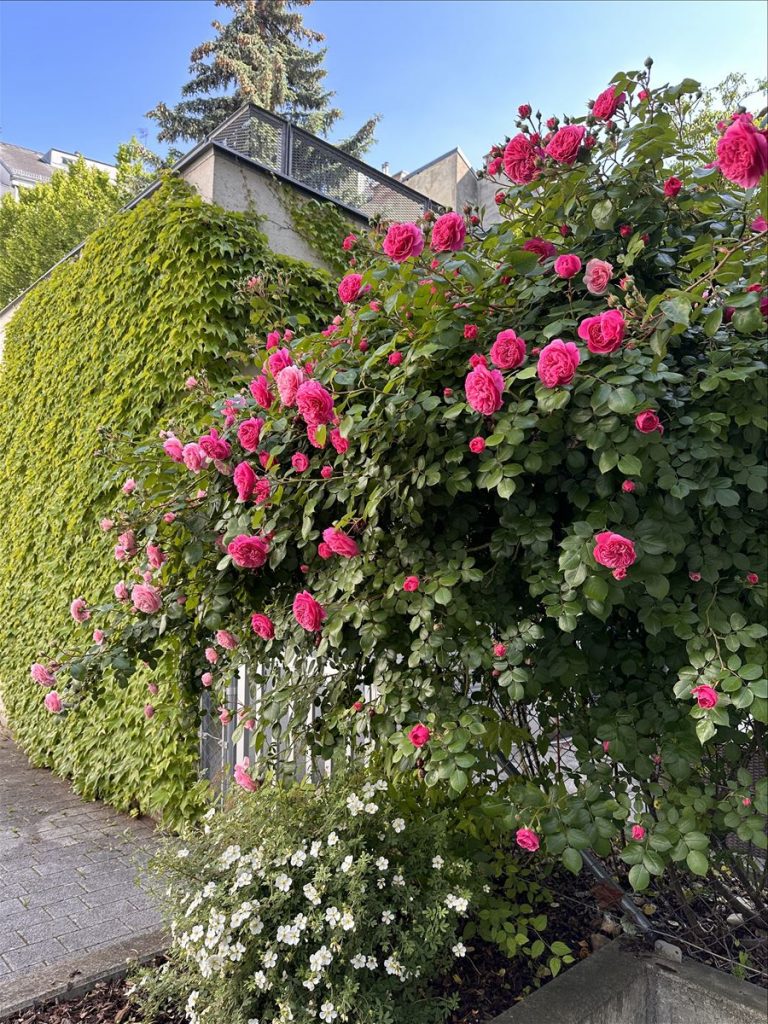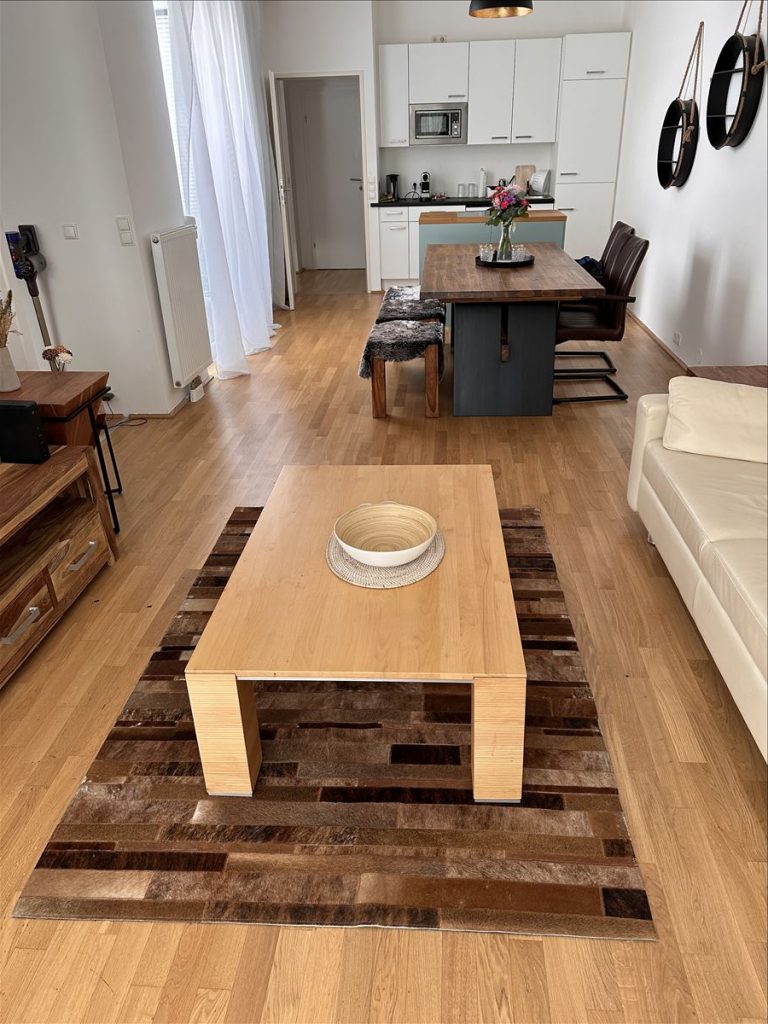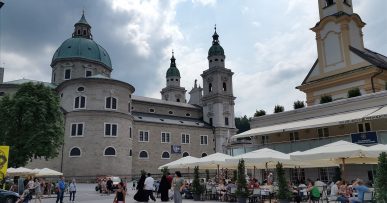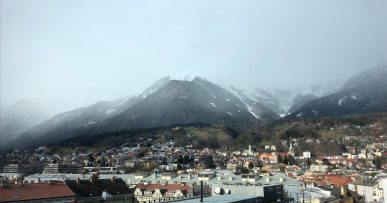Imagine walking the streets where legendary composers once found their muse or standing before architecture that has witnessed centuries of change. That’s Vienna! Bounded by the majestic Danube River, this city, once the epicenter of the vast Austro-Hungarian Empire, resonates with the echoes of bygone eras, be it through its Baroque palaces, imperial grandeur, or the timeless strains of classical music that permeate its air. Over the centuries, Vienna has been a crucible for some of the world’s greatest composers, artists, and thinkers, seamlessly blending the past and present into a vibrant and ever-evolving cultural panorama.
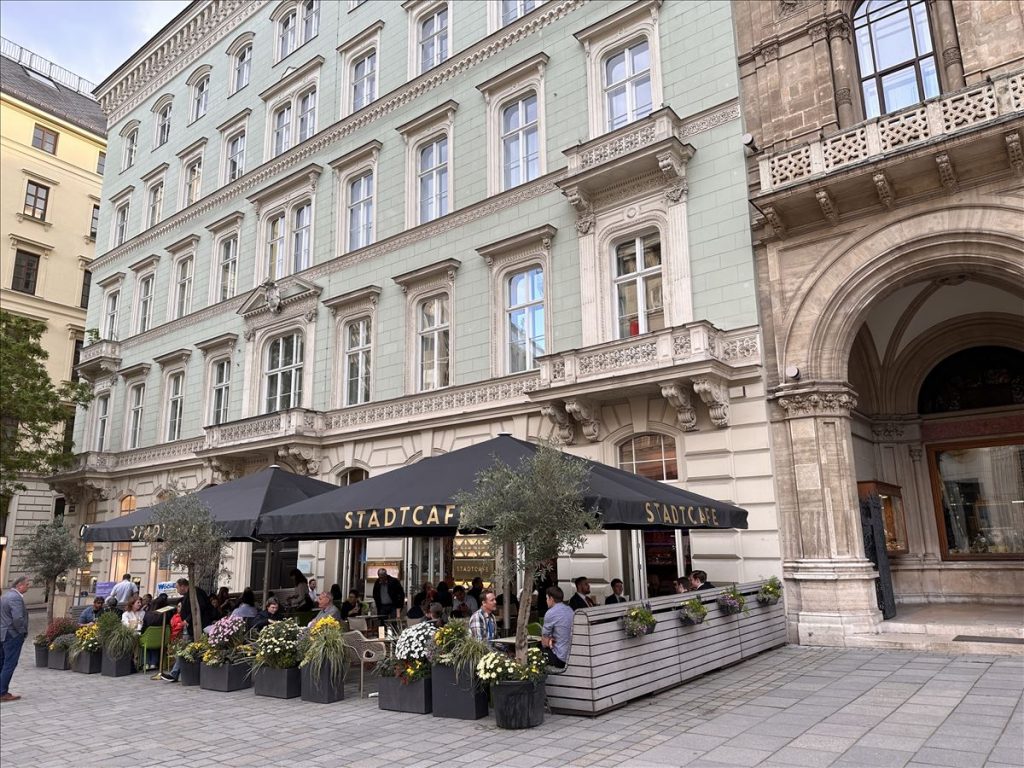
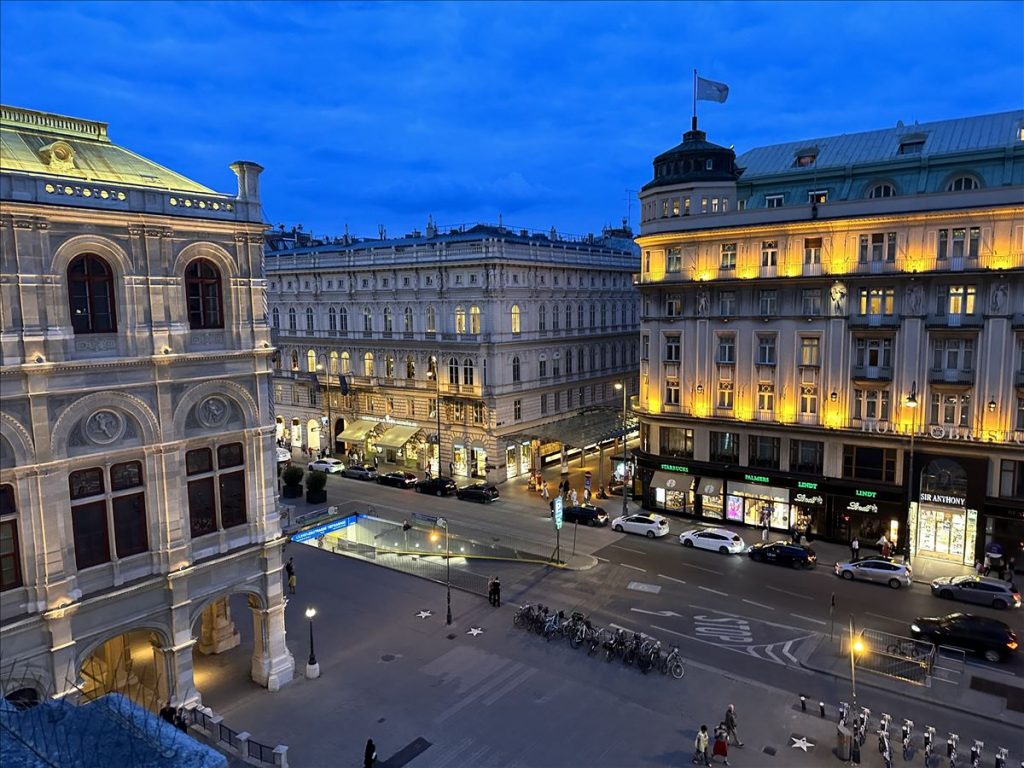
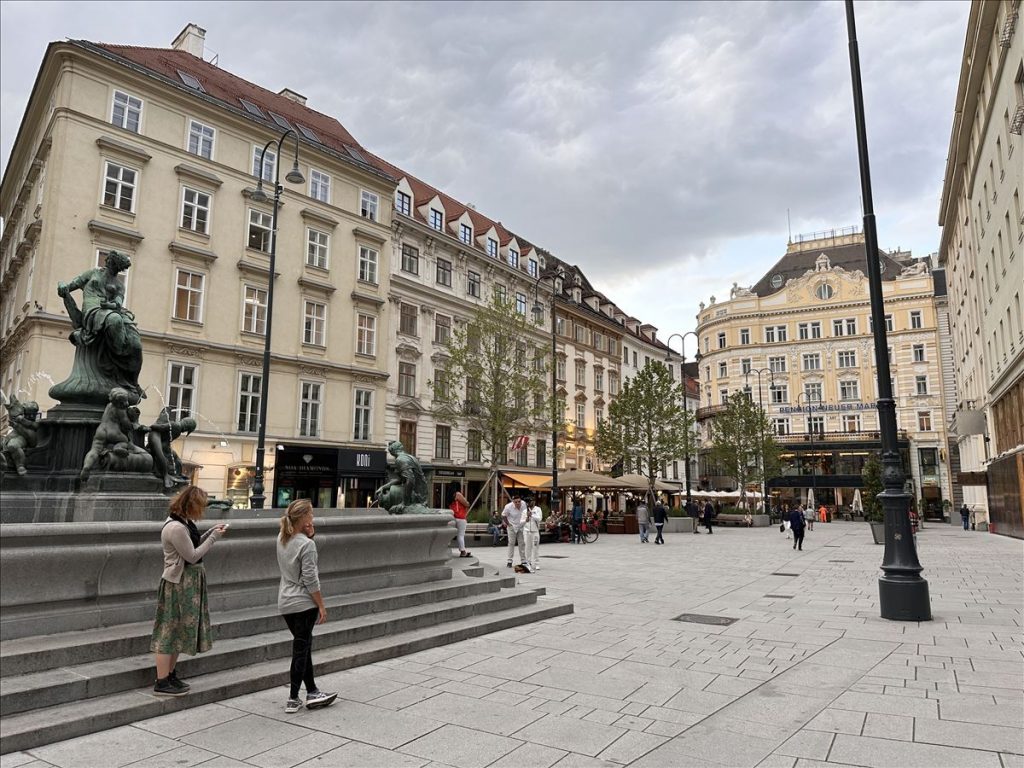

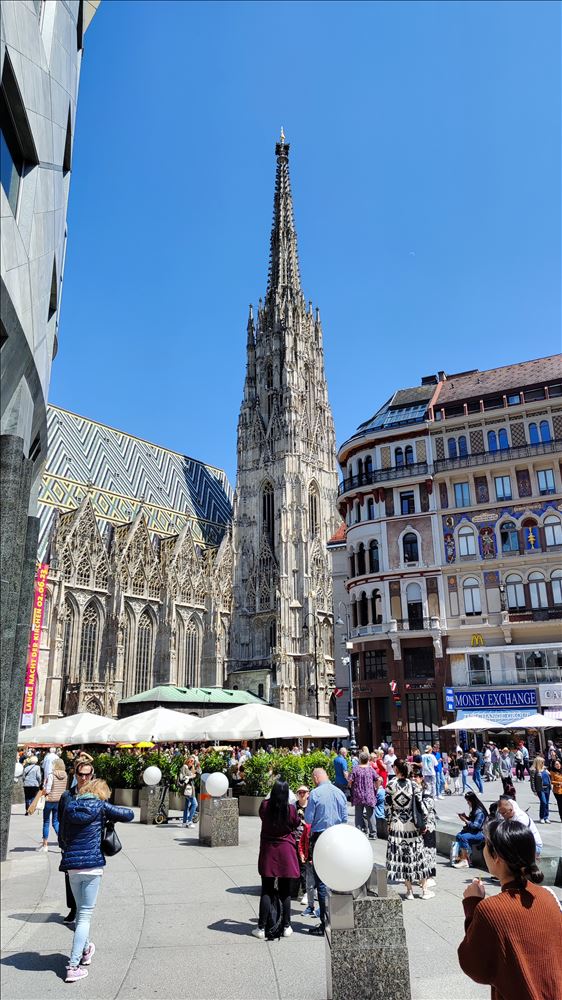
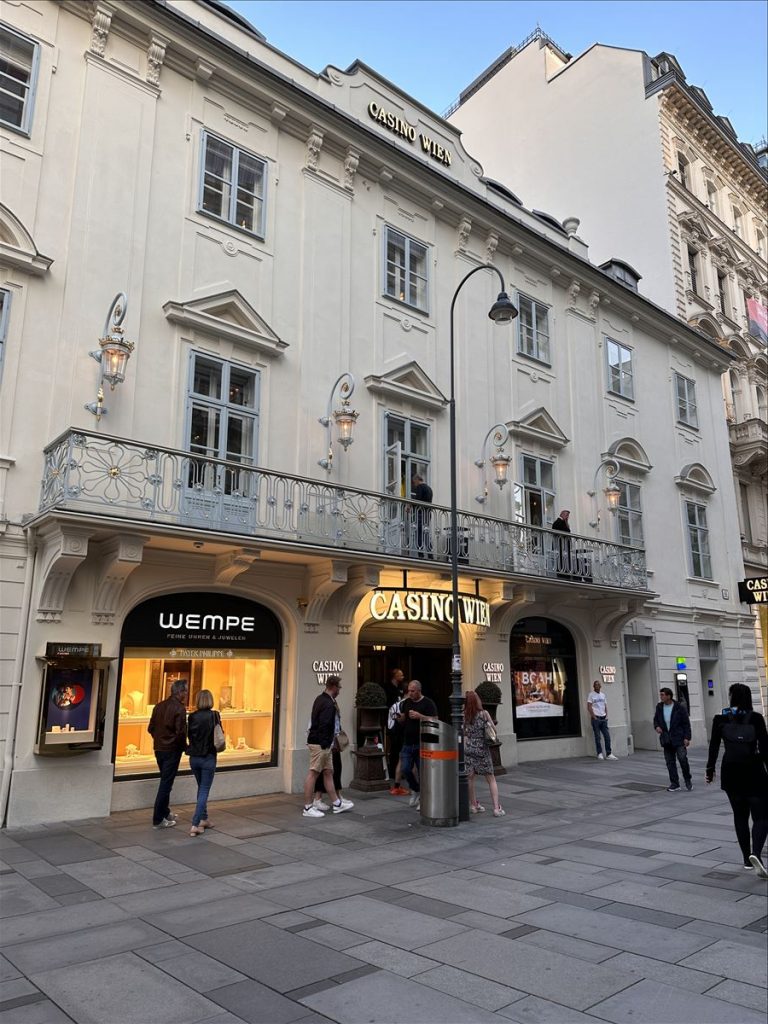
What first comes to mind when thinking about cultural leisure in Vienna? Of course, the Vienna Opera. The traditions of opera performances emerged in Vienna back in the 17th century, but the heyday of opera in Vienna came in the mid-19th century when the modern building of the state opera was constructed in the city. Surprisingly, Emperor Franz Joseph, who commissioned its construction, was dissatisfied with the building’s appearance, which (according to rumors) reminded him of a “sunk chest”. A guide told us that one of the main architects of this building, due to the negative public response, eventually took his own life, which seems particularly tragic considering the external beauty of the still-existing opera building.
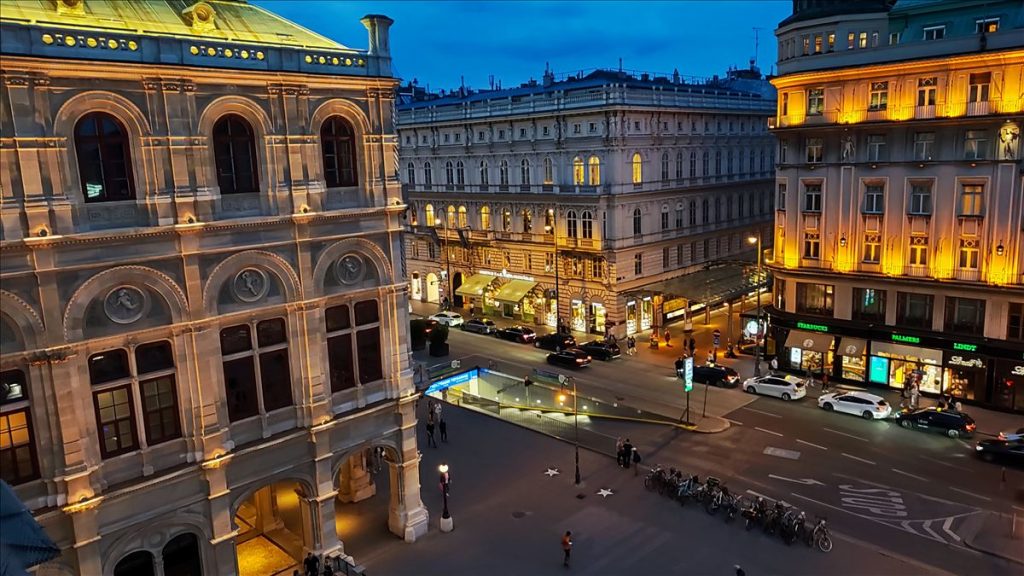
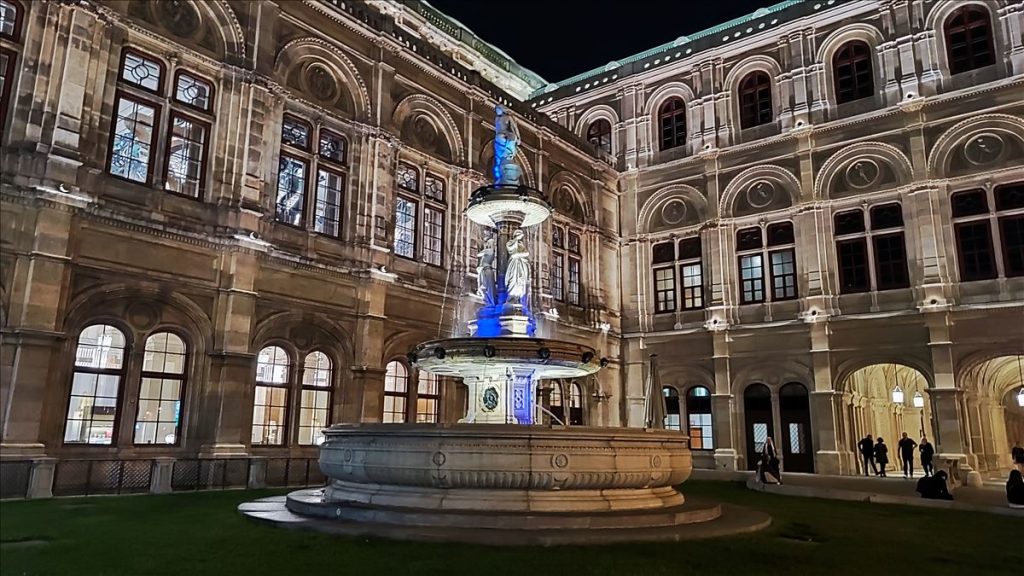
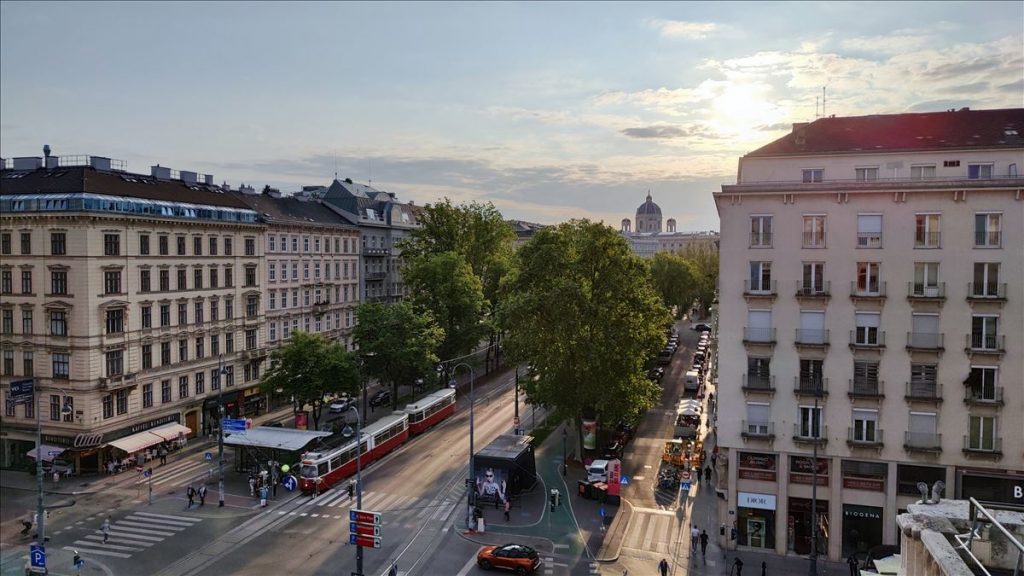
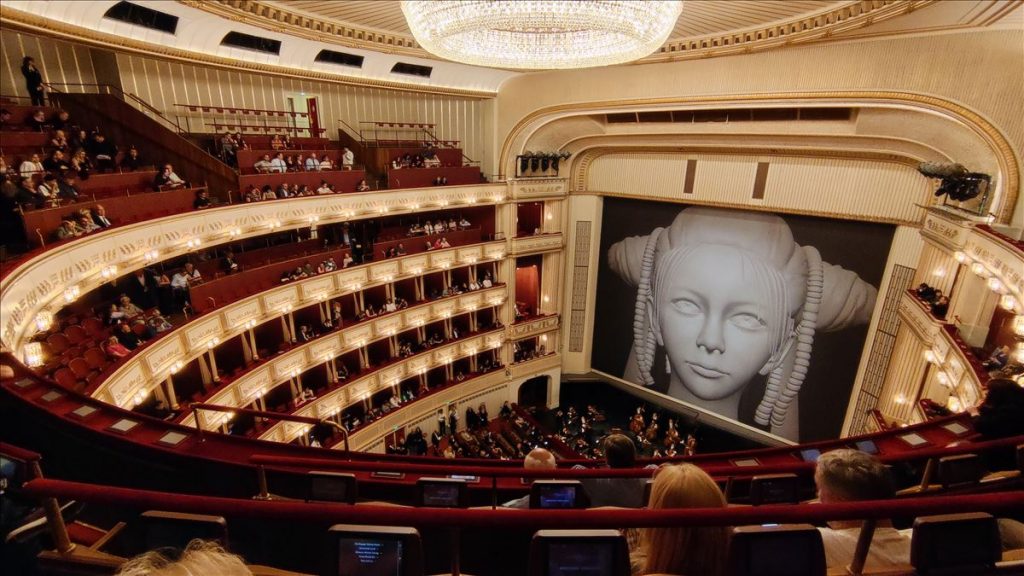
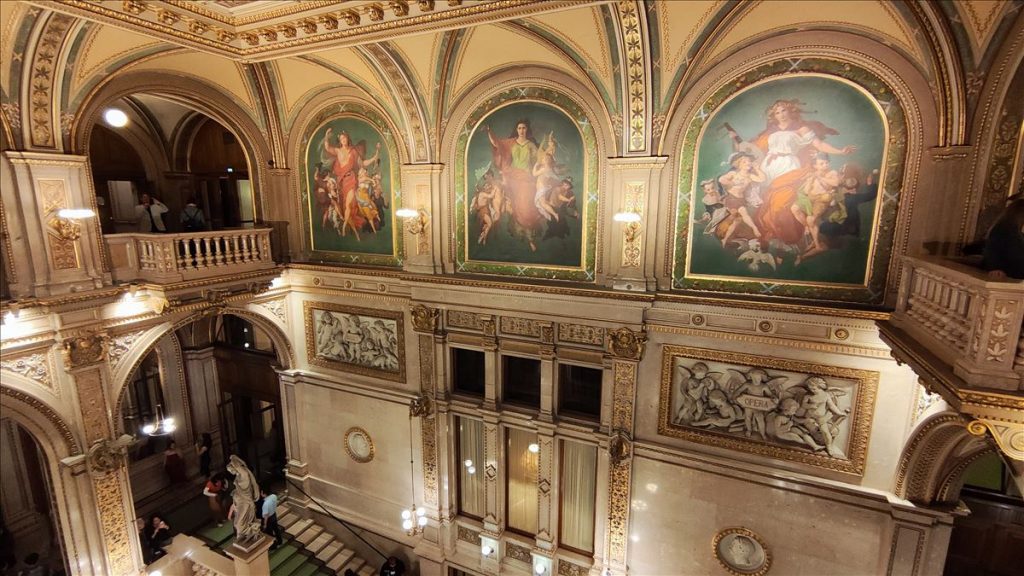
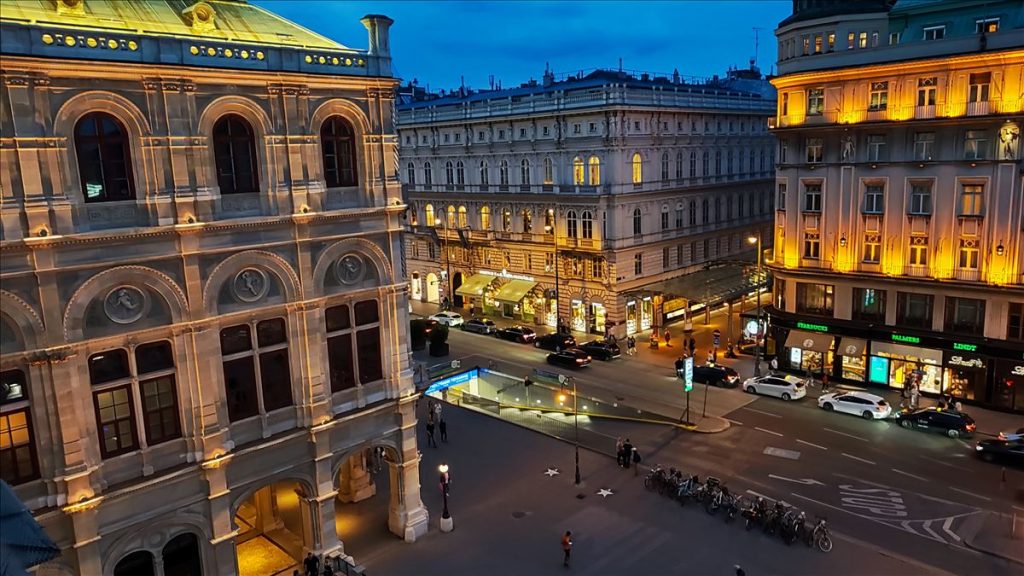
During our visit to Vienna, a performance of “Don Pasquale“, adapted to the modern style, was available for ticket purchase: the clothing and decorations matched our time, but the opera parts were classic. It was very impressive! I won’t hide that the whole event called “a trip to the opera” included not only the performance itself but also a trip to the buffet and an impromptu photo session in the luxurious interiors of this iconic building. To be honest, most of the visitors were doing the same 😊
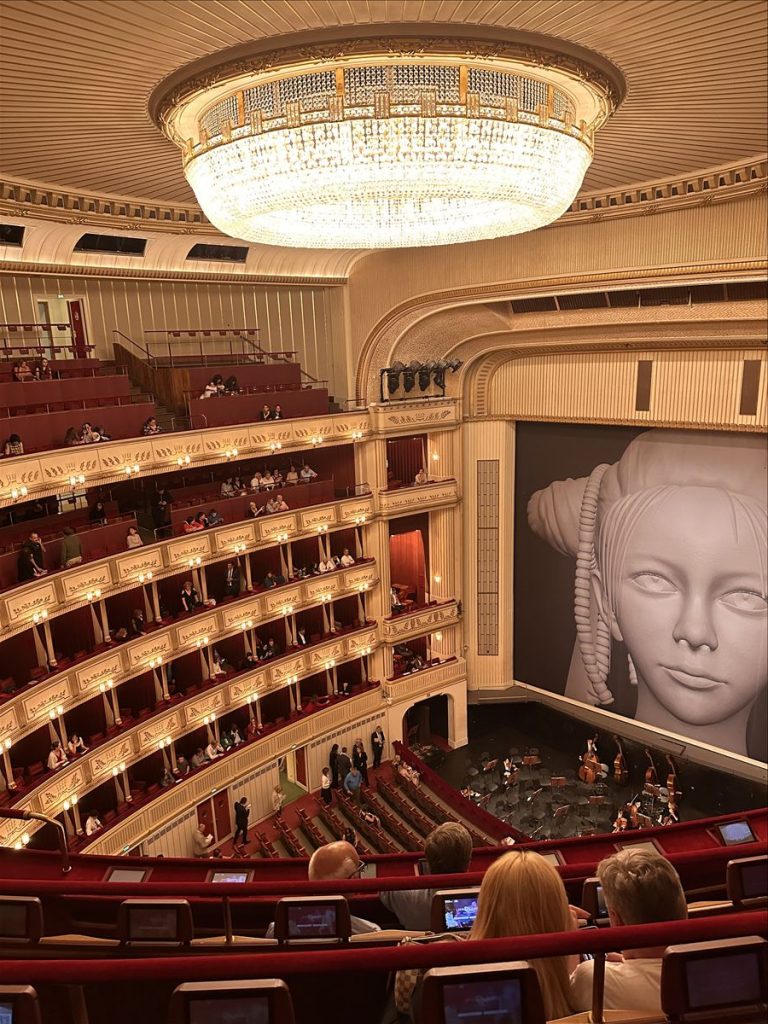
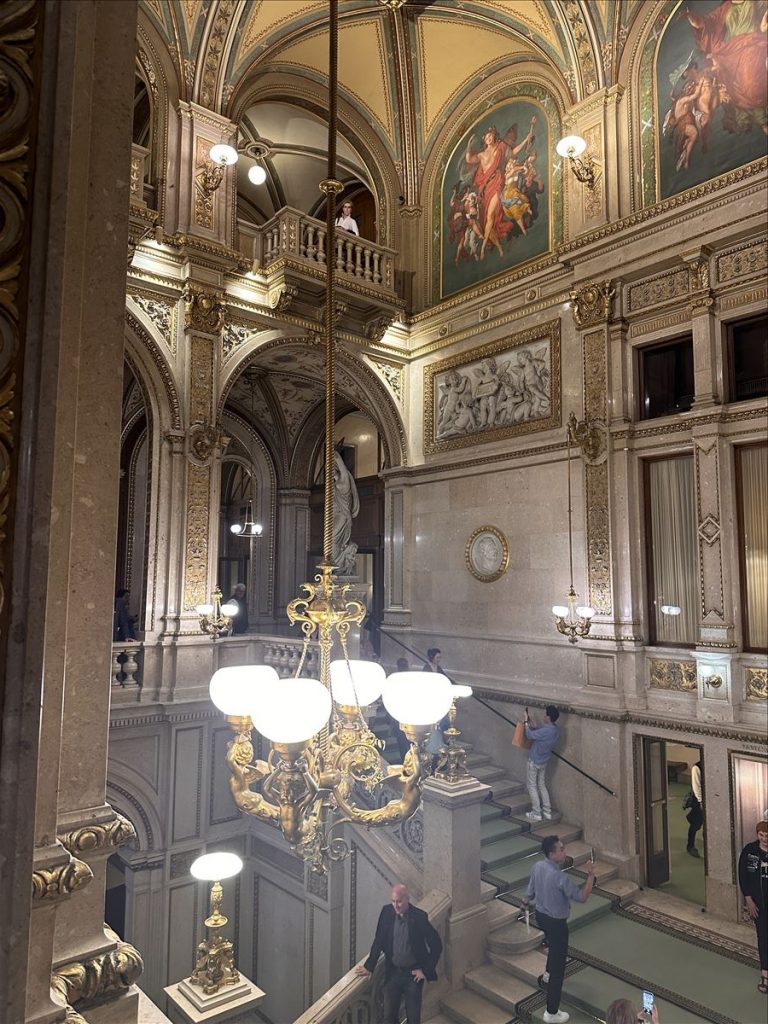
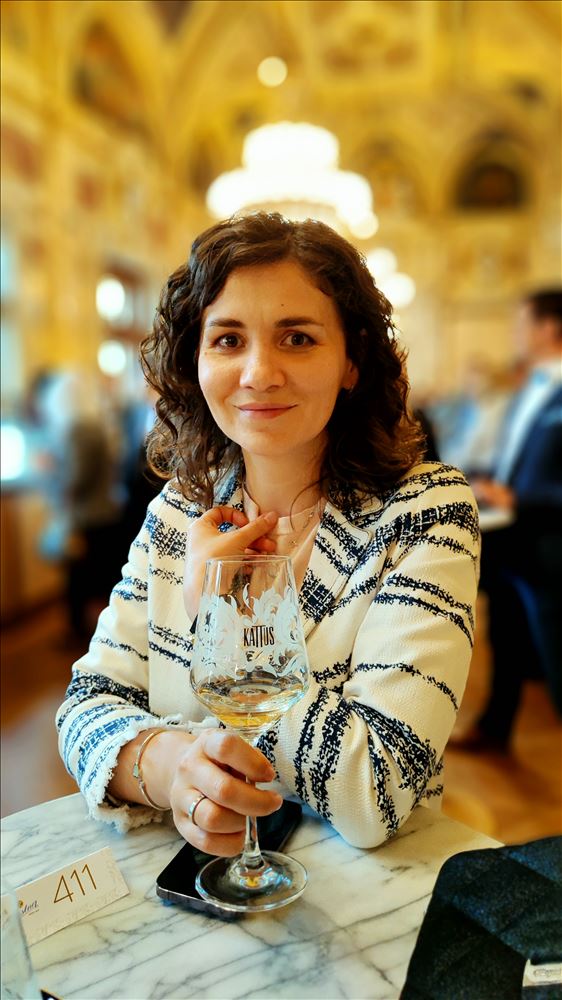
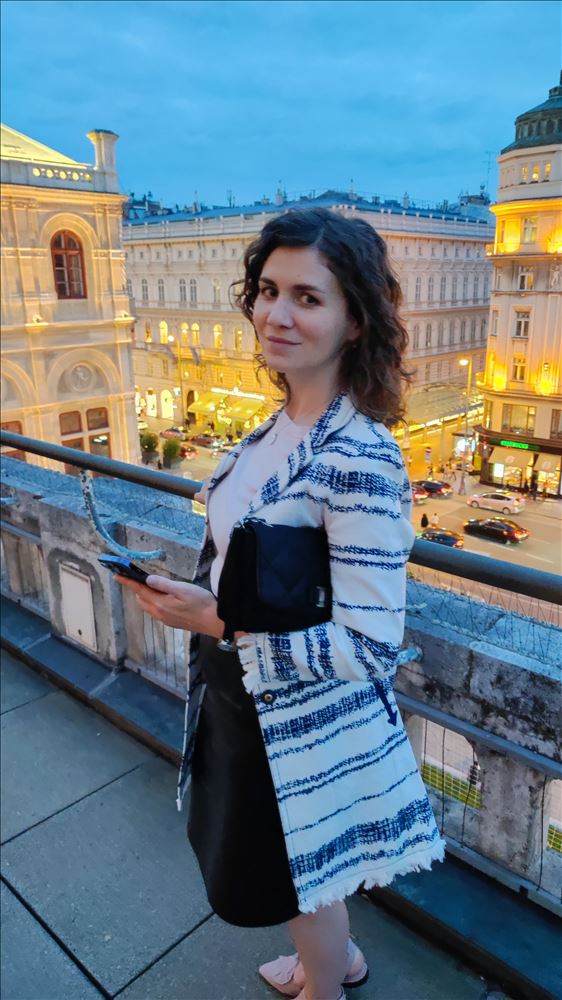
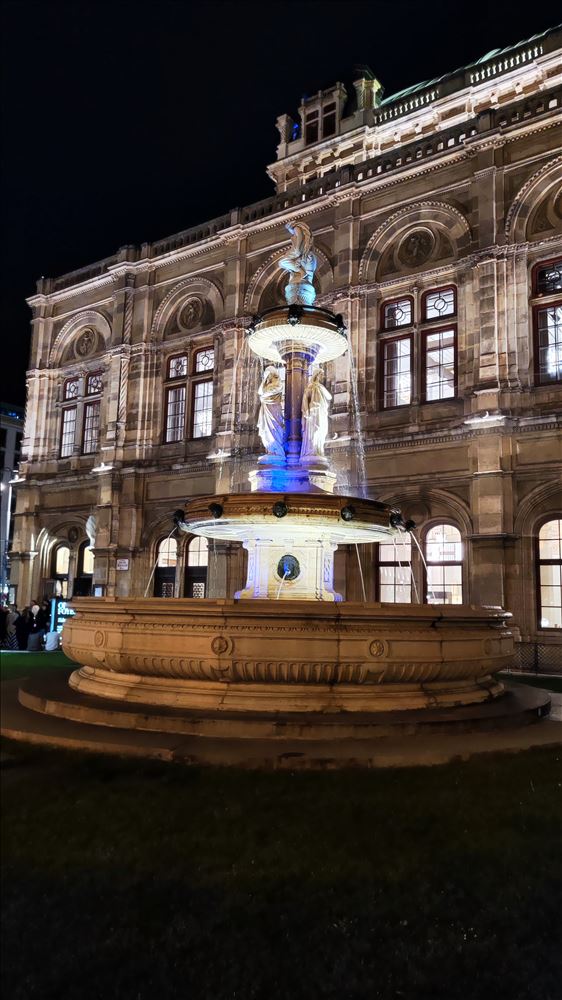
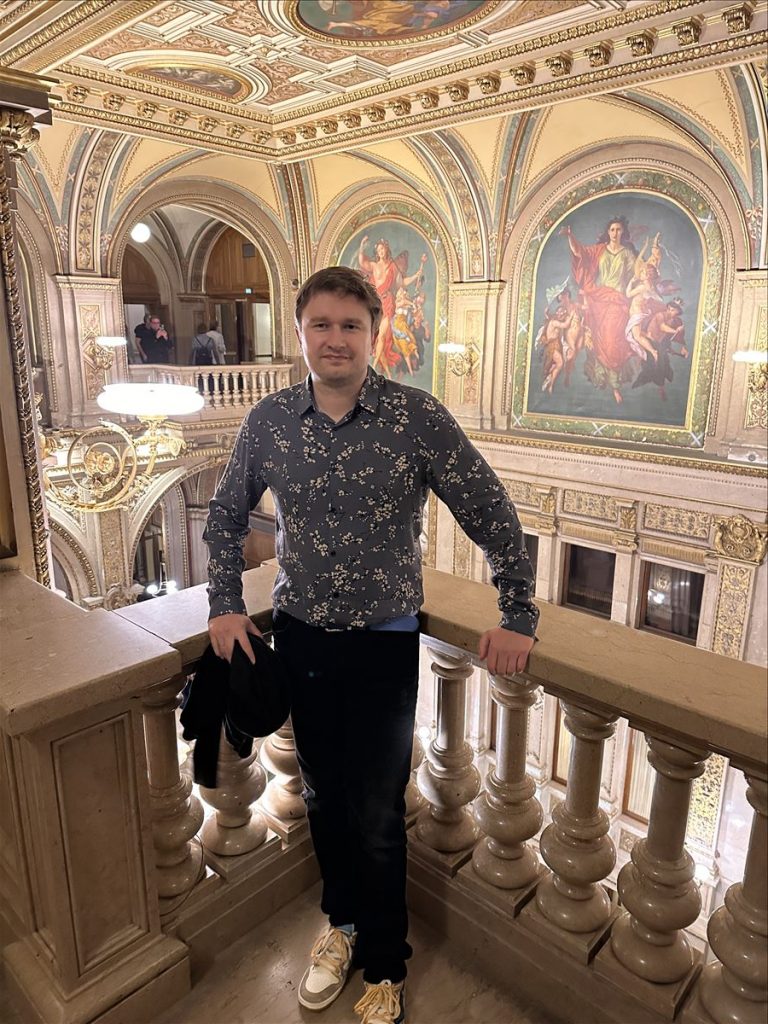
Following tradition, we began our exploration of the city by booking a tour with a private guide. This time we joined a small group of 5 people and spent 2 entertaining hours together exploring the center of Vienna on a sightseeing tour. First and foremost, we paid attention to the main palace Hofburg, which looks more like a city within a city and which has changed from one ruler to another over several centuries. Of course, we couldn’t remember all the details of the influence of the numerous rulers of Austro-Hungary, but we did note the impressive balcony from which one famous character of German history made a speech.
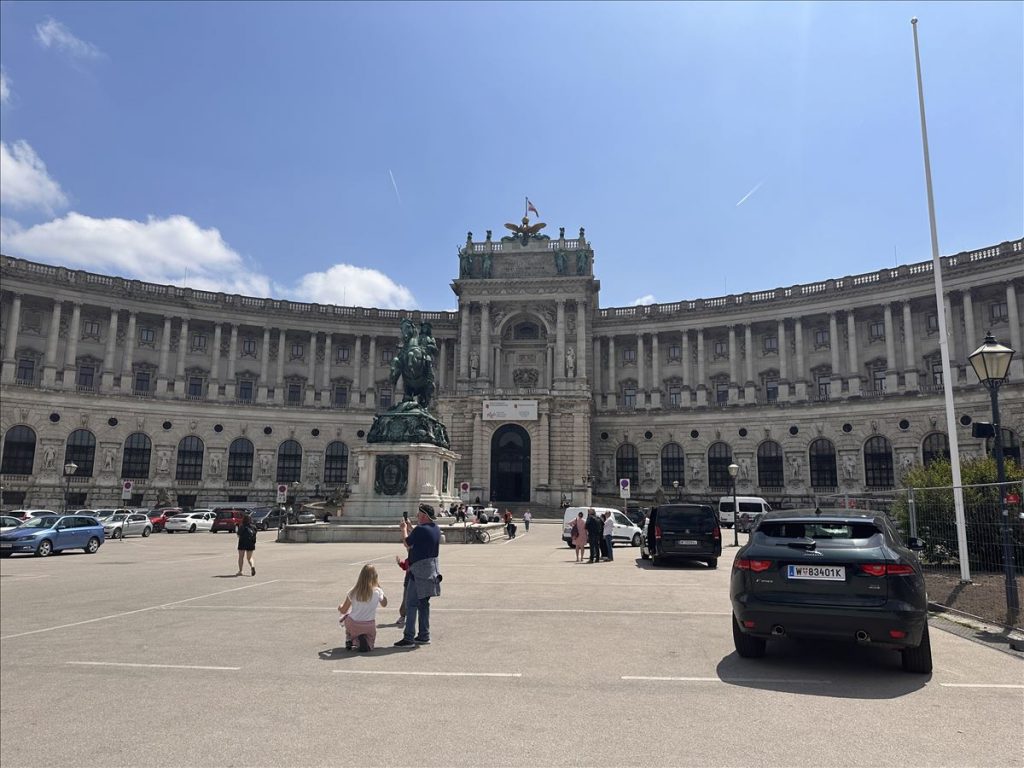
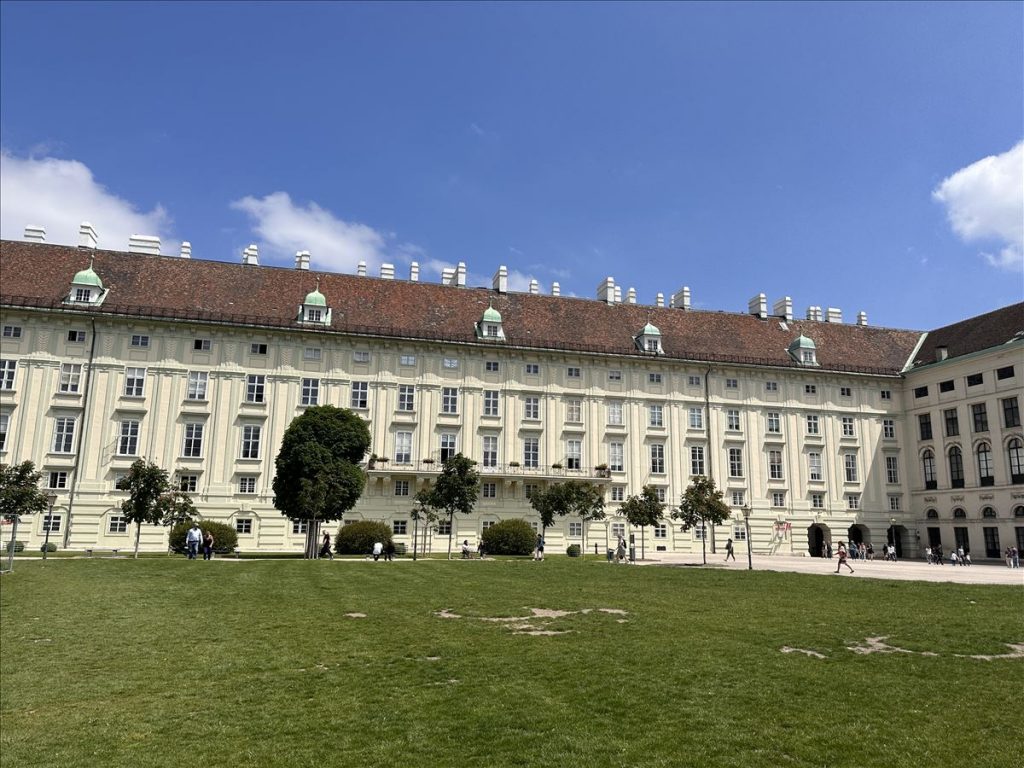
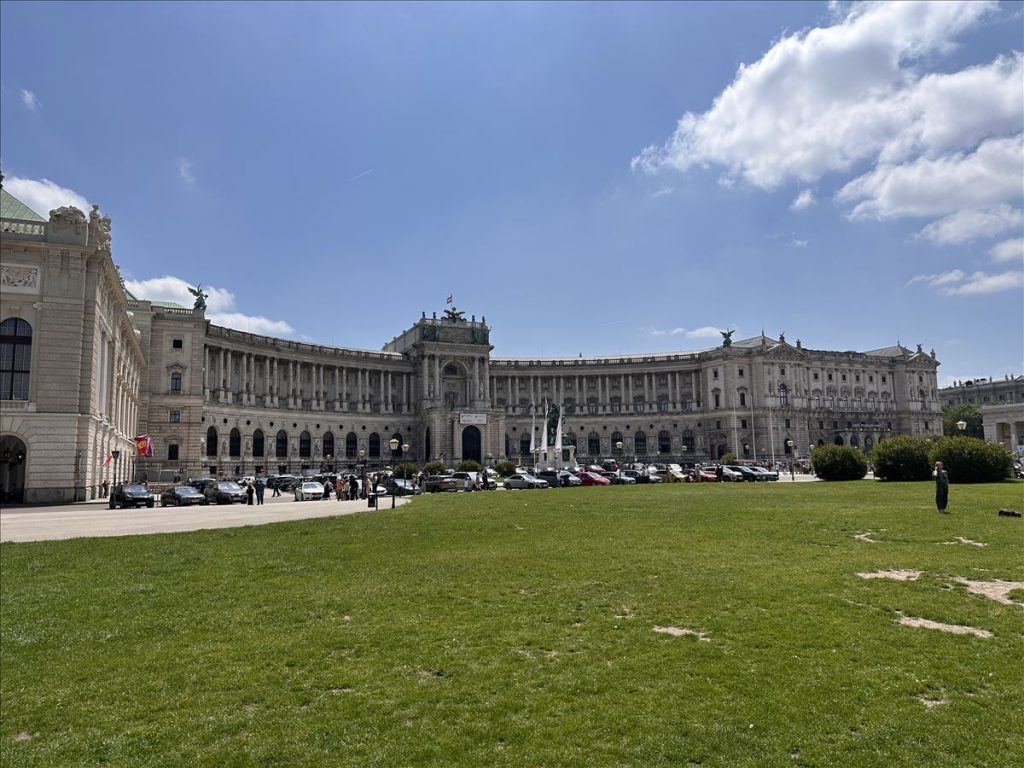
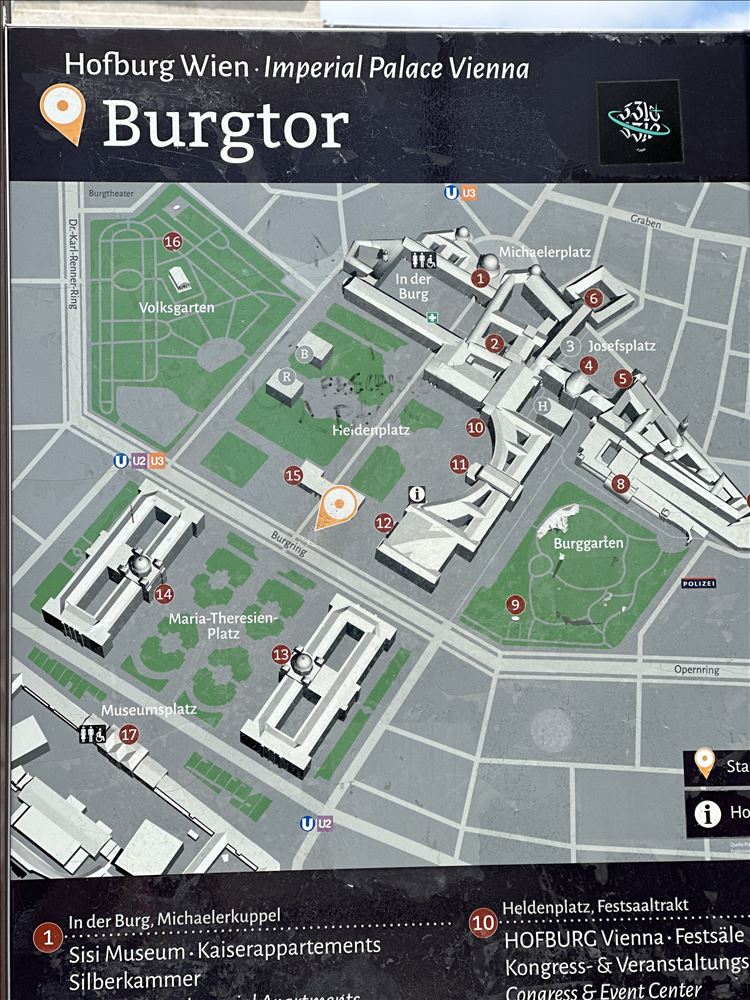
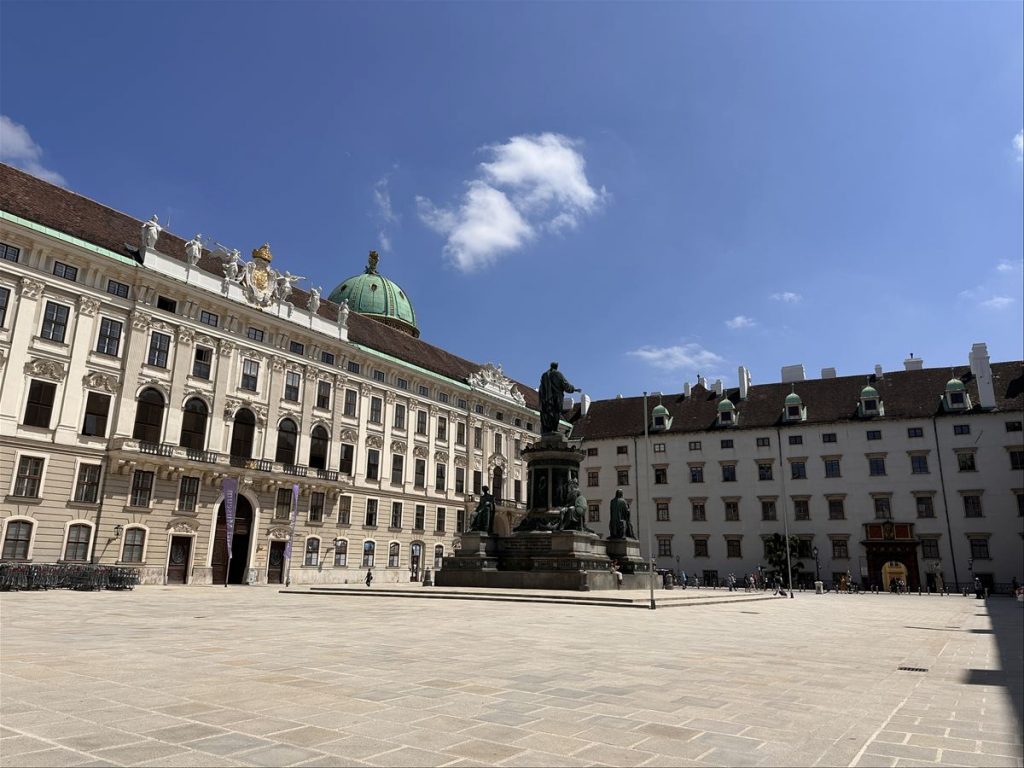
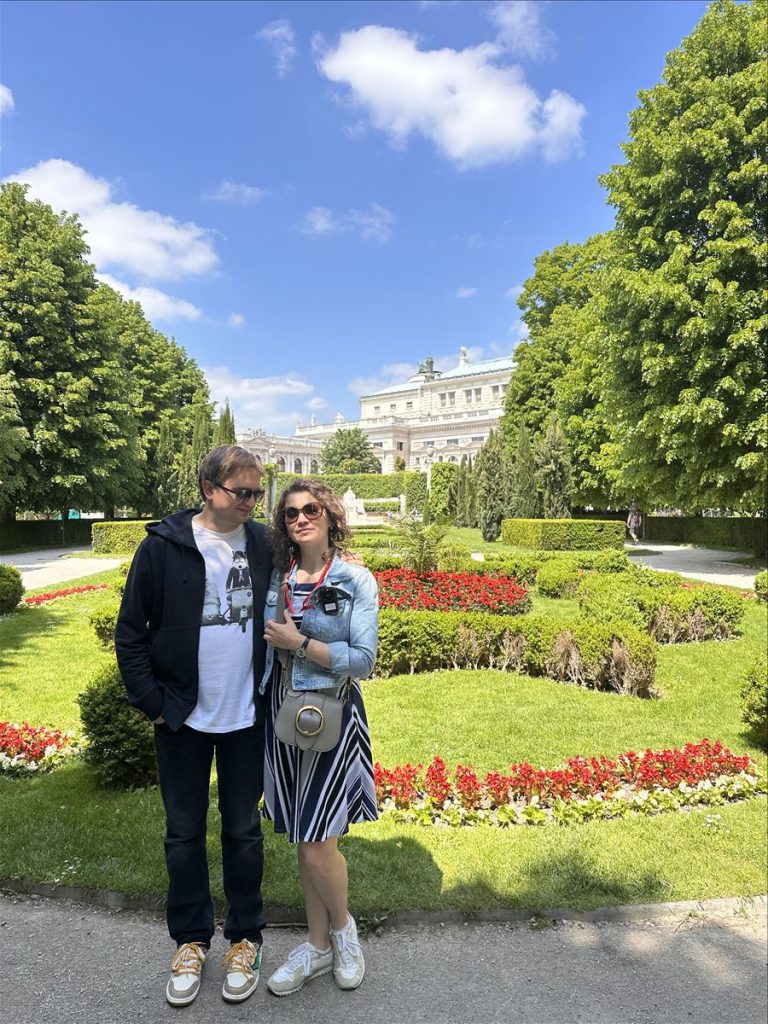
In general, the guide fittingly mentioned a popular saying that “Austria managed to convince the whole world that Mozart was Austrian and Hitler was German”. A lot of attention was paid to Mozart on the tour, especially his final years. Due to sad circumstances, the grave of the great composer has not been preserved. However, in the Viennese Church of Archangel Michael, a cast of Mozart’s death mask is displayed, allowing to honor the memory of the talented musician more personally and also to get an idea of his real appearance.
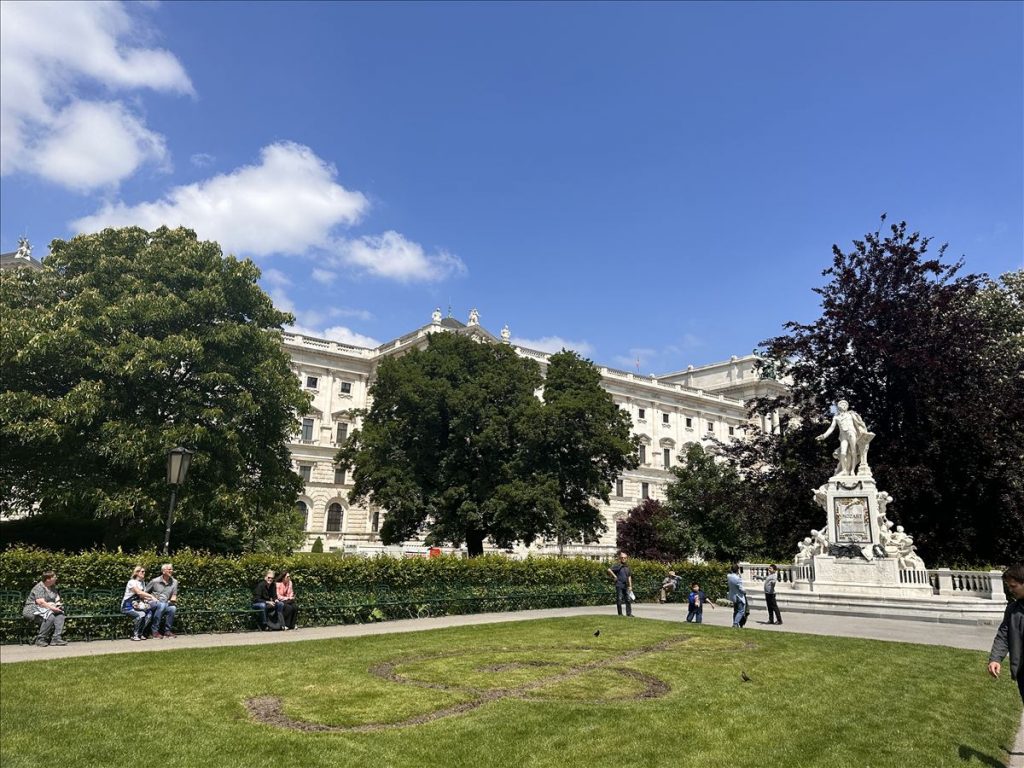
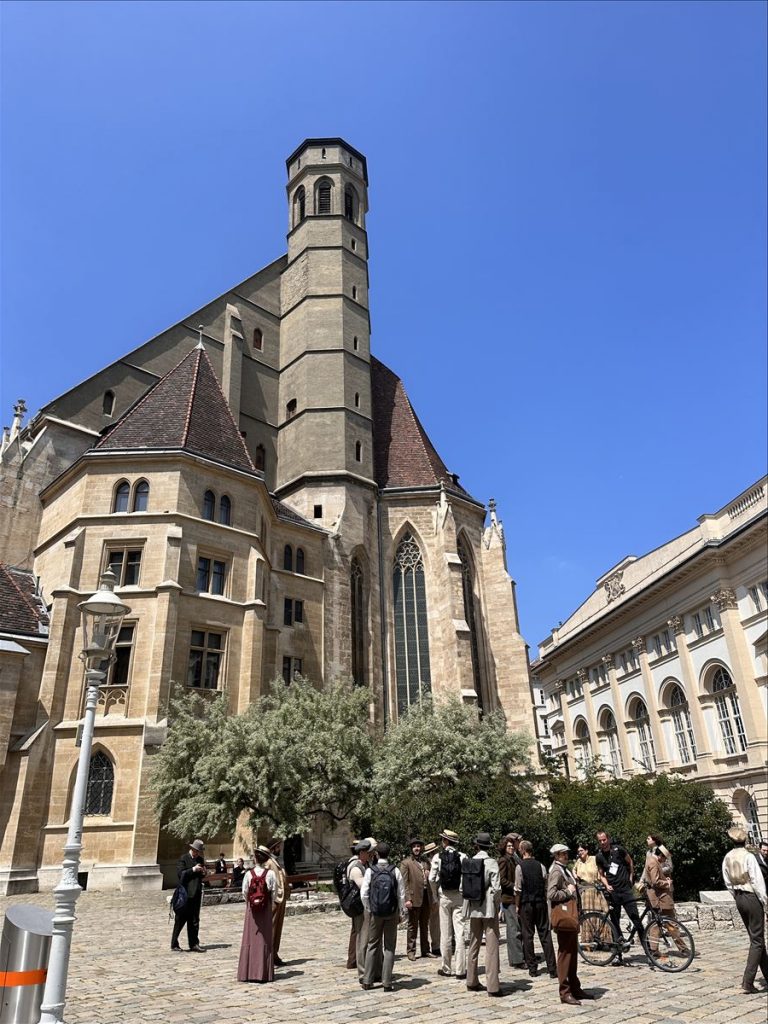

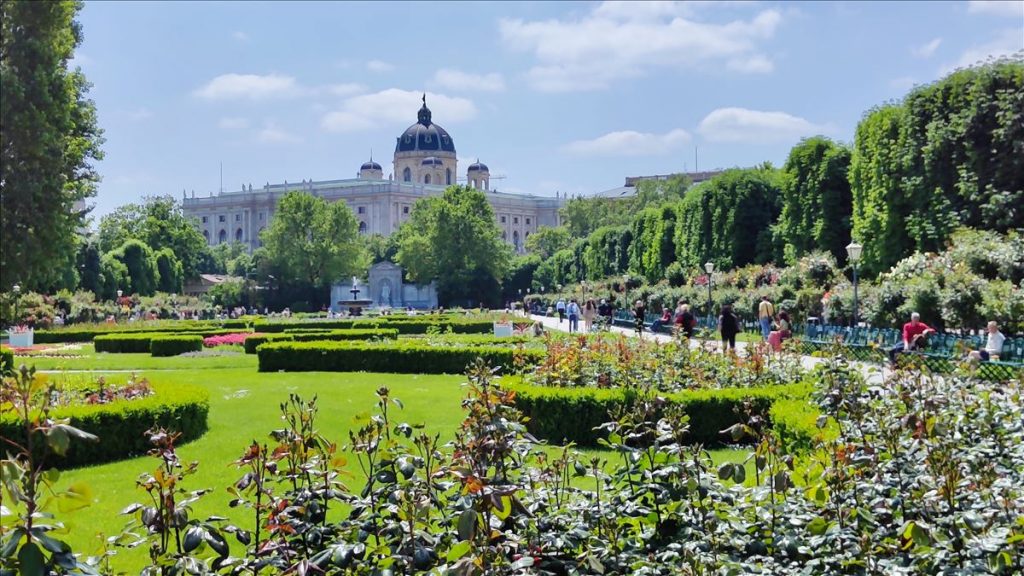
Of course, in Vienna, due to its long historical journey, there are many world-renowned museums. We were especially struck by the presence of two identically looking museums located on Maria Theresa Square opposite each other – the Museum of Art History and the Museum of Natural History. Of course, the Albertina Art Museum in the palace of Archduke Albrecht is also worth a special mention for art enthusiasts. During our sightseeing tour of the city, we concluded that to explore Vienna’s museums, it’s worth booking a separate tour.
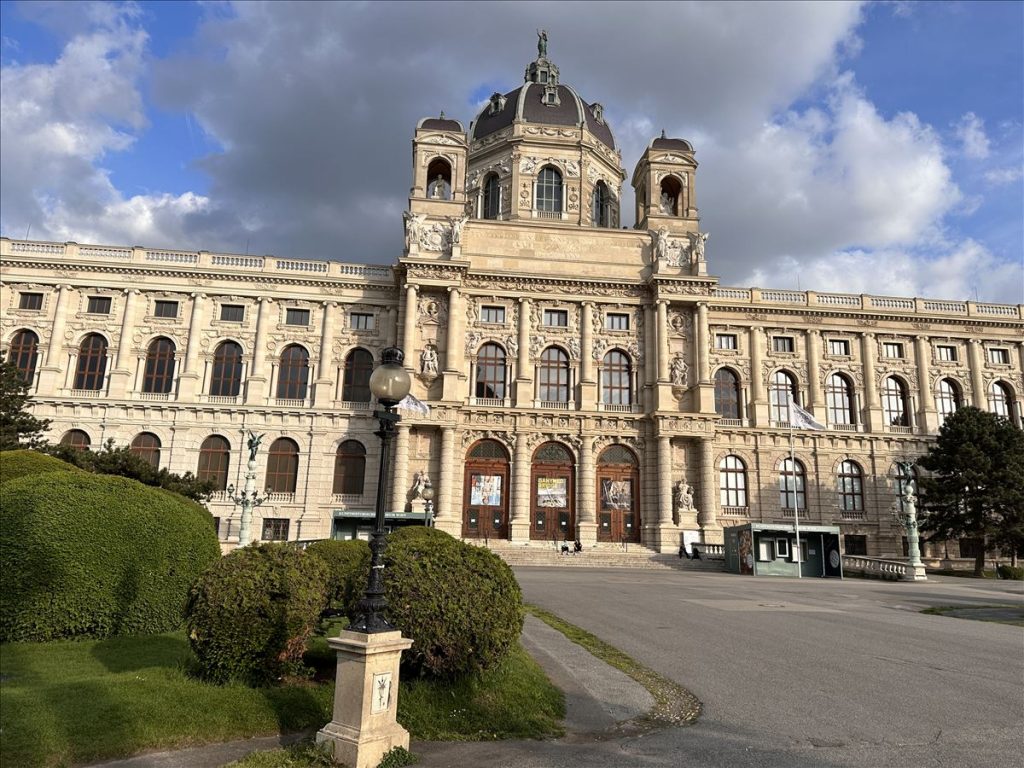
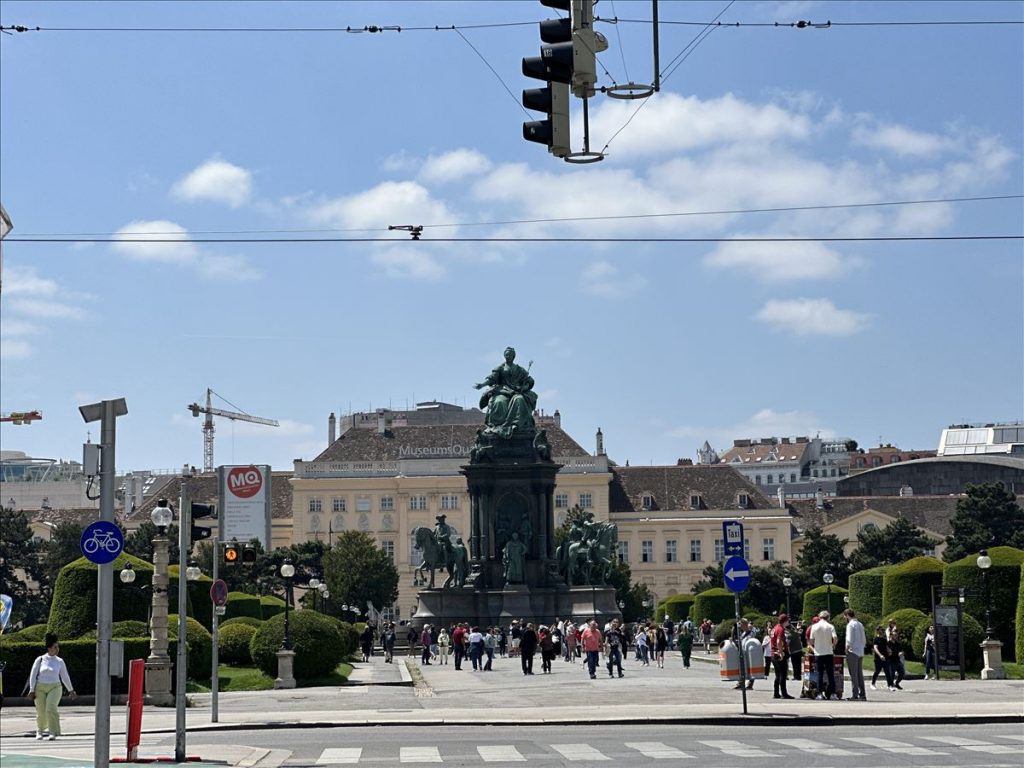
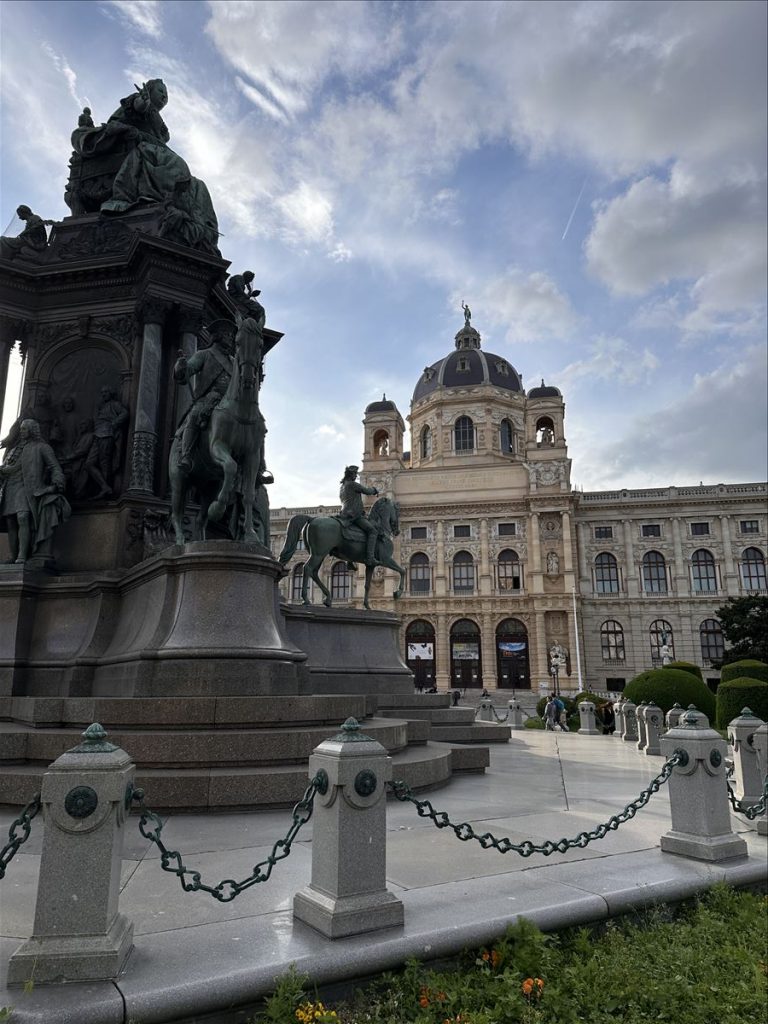
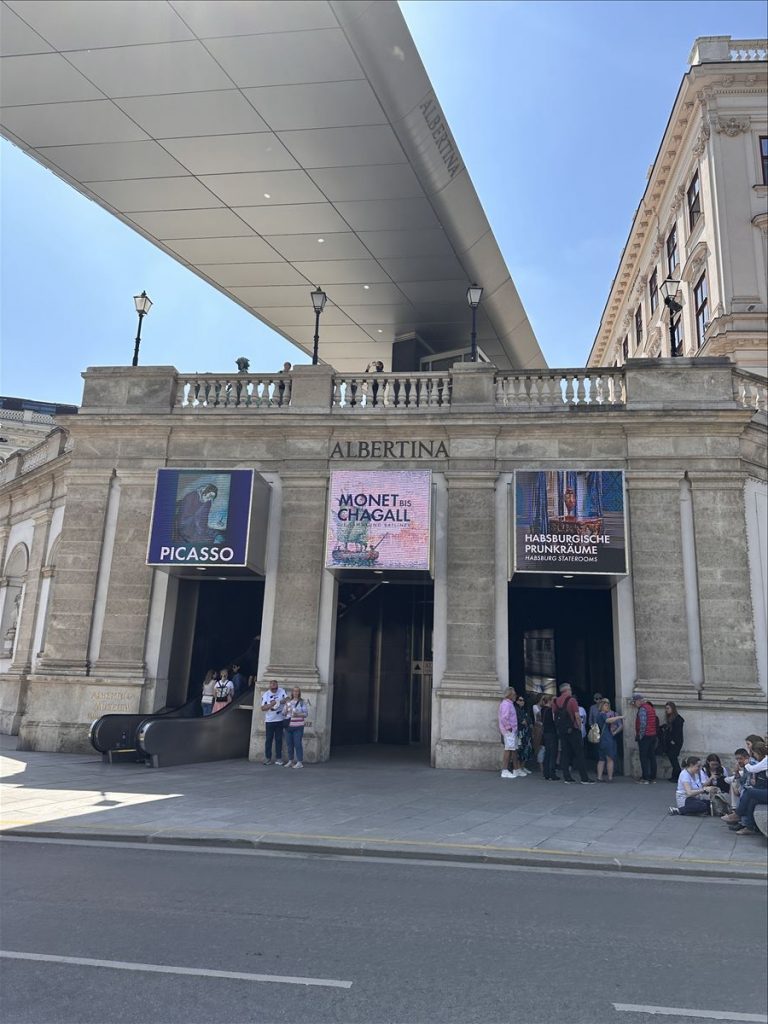
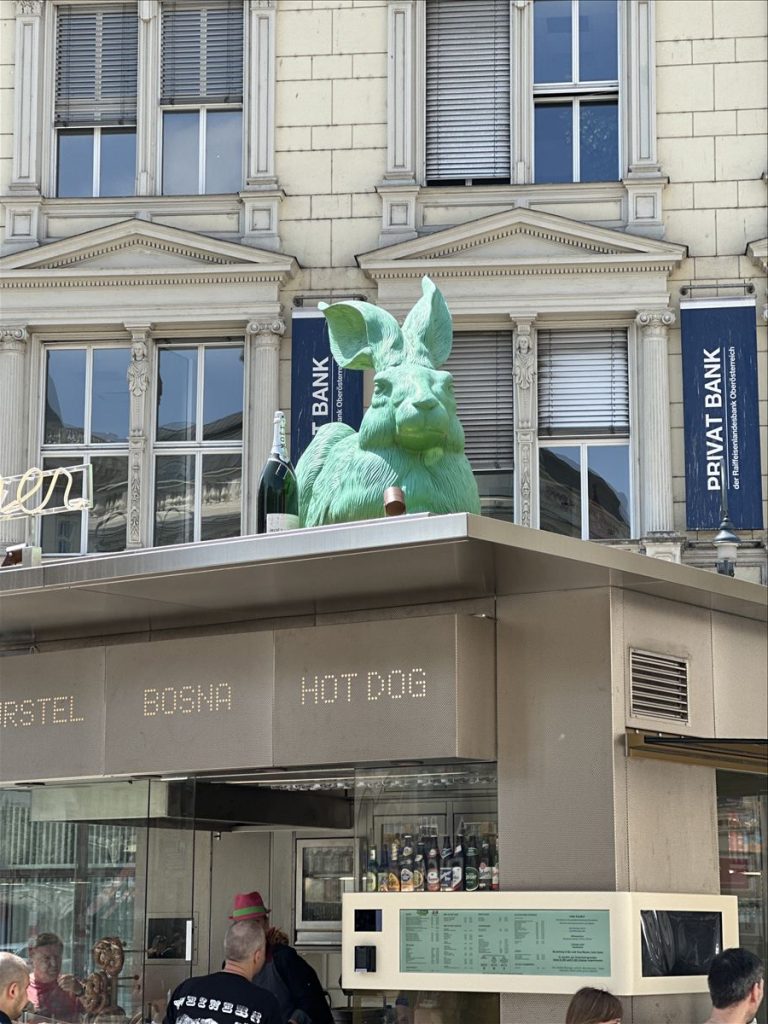

In addition to numerous museums, in Vienna one can visit the famous Spanish Riding School‘s horse ballet. It is located within the Hofburg, and it’s advisable to purchase tickets for the show in advance. On this trip, we didn’t get a chance to witness the performance of riders on white Lipizzaner horses, a special breed, but at least we managed to visit the stables 😊.
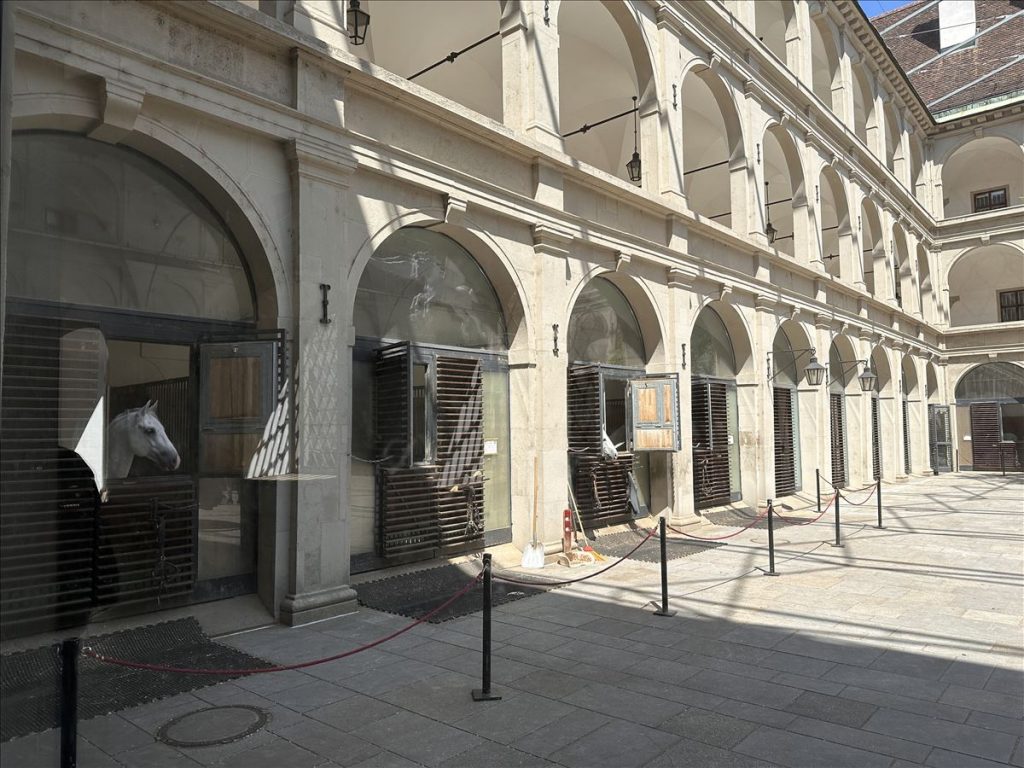
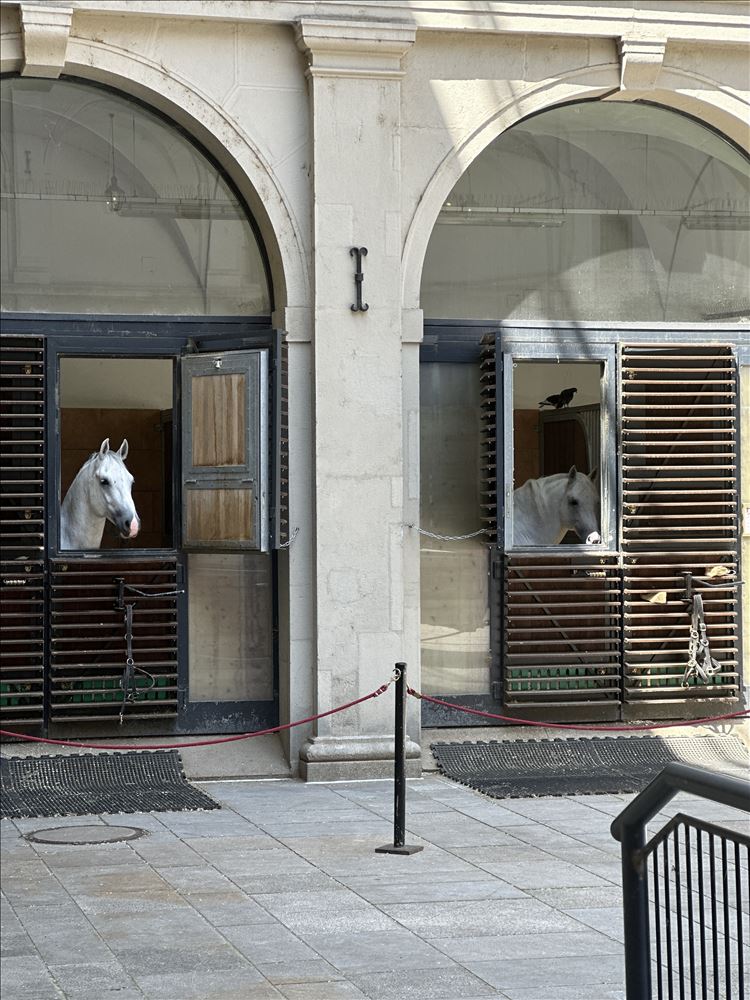
A distinct highlight on our sightseeing itinerary in Vienna was a visit to Café Central – a landmark establishment where, amidst an atmosphere reminiscent of bygone eras, you can sample the most renowned dishes of local cuisine. Reserving a table can be done online or by phone, but reservations are only available a few days in advance. If you can’t wait that long, you might have to queue…
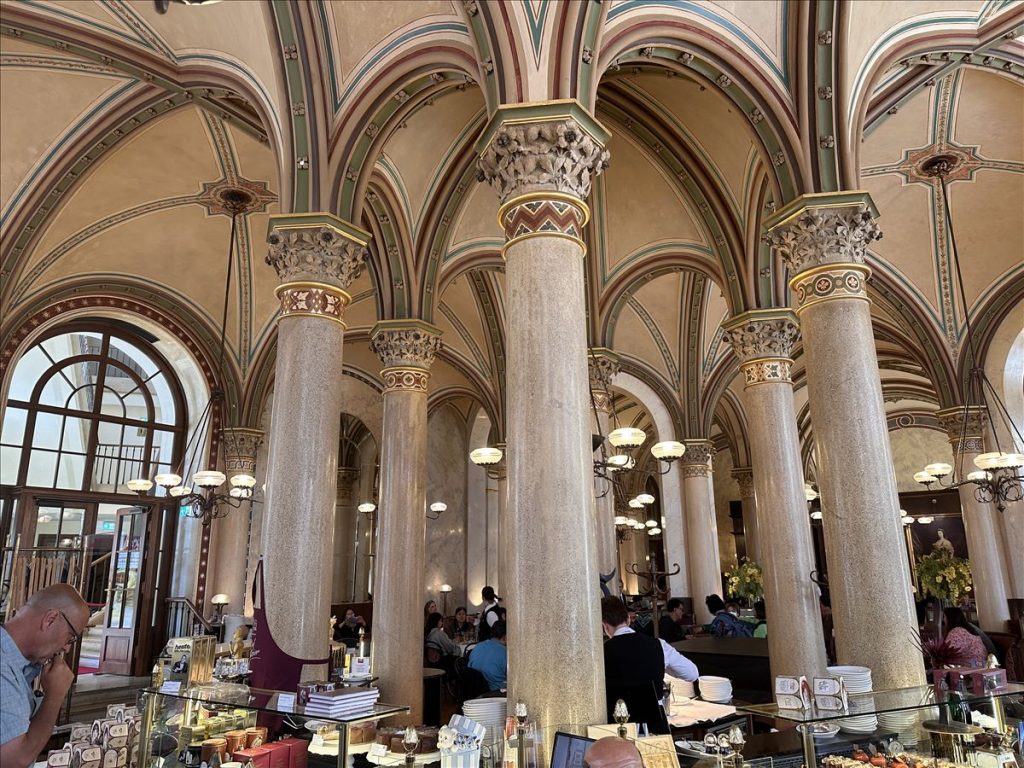
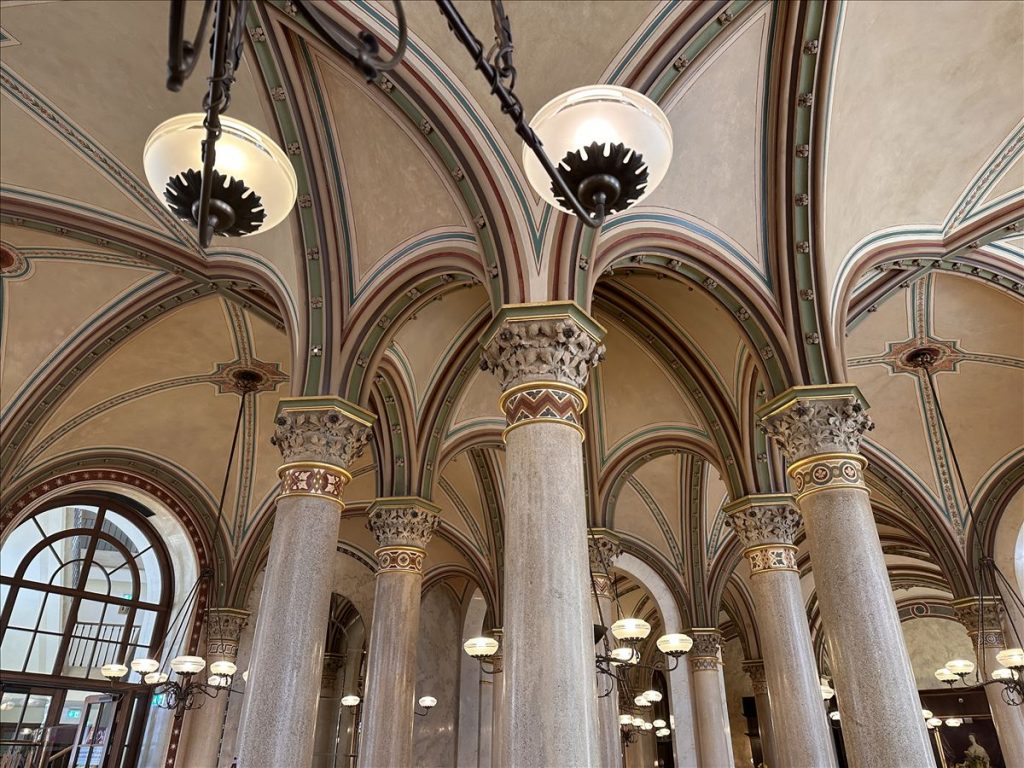
Our guide recommended we try not the most famous (but no less popular!) dish of local cuisine – Tafelspitz (boiled beef in broth with herbs and vegetables). It’s a wonderful, healthier alternative to the world-famous Wiener Schnitzel. In general, Austrian cuisine resonates deeply with me; I enjoy many of its dishes, so exploring local dishes became my favorite part of getting acquainted with local traditions. One of Vienna’s most popular desserts is Kaiserschmarrn, rumored to be directly associated with the culinary preferences of the most popular of Austrian emperors – Franz Joseph. Legend has it, while trying to make pancakes for Franz Joseph’s breakfast, his beloved ended up with “something” resembling a failed pie, falling apart into pieces. This dish, as we’d say now, went viral and became a hit in local cafes. At Café Central, they serve an excellent Kaiserschmarrn, invariably accompanied by plum jam.
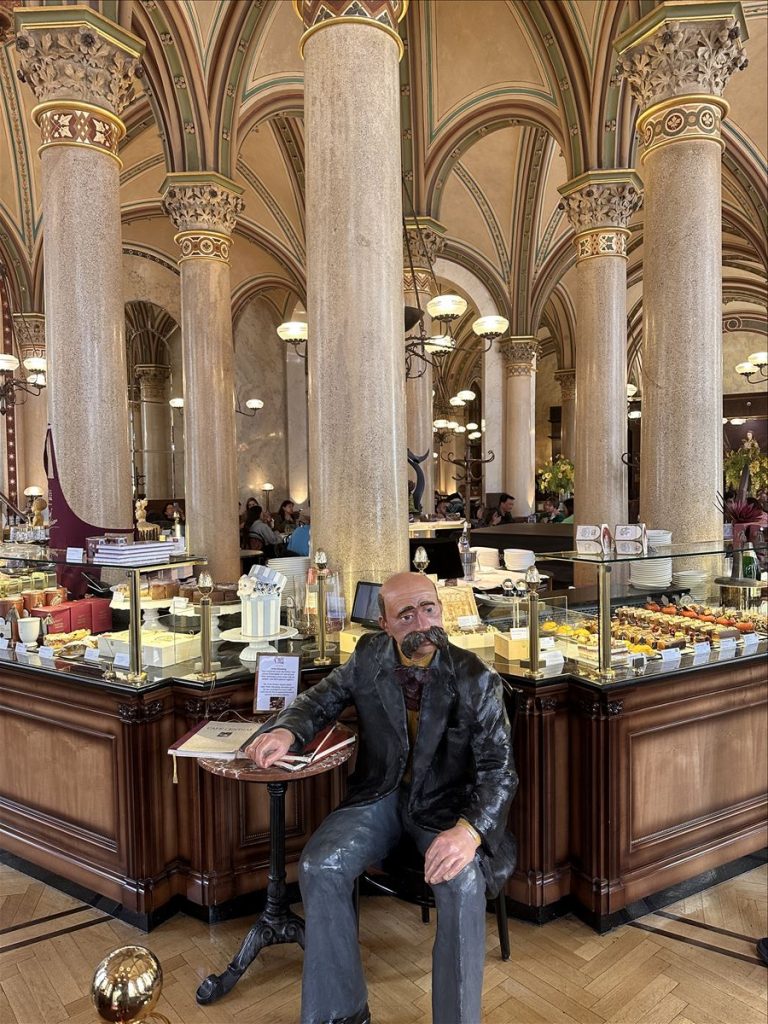
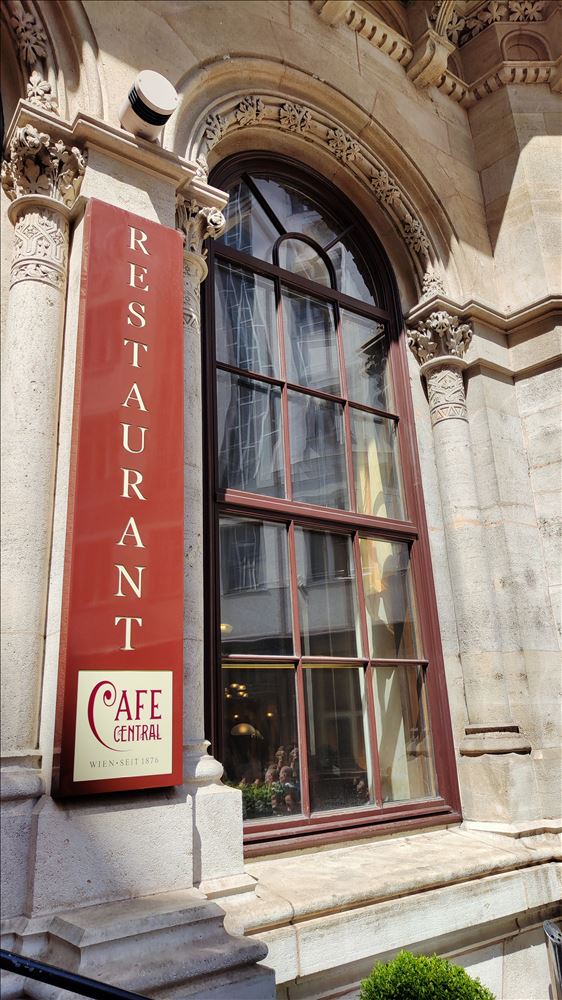
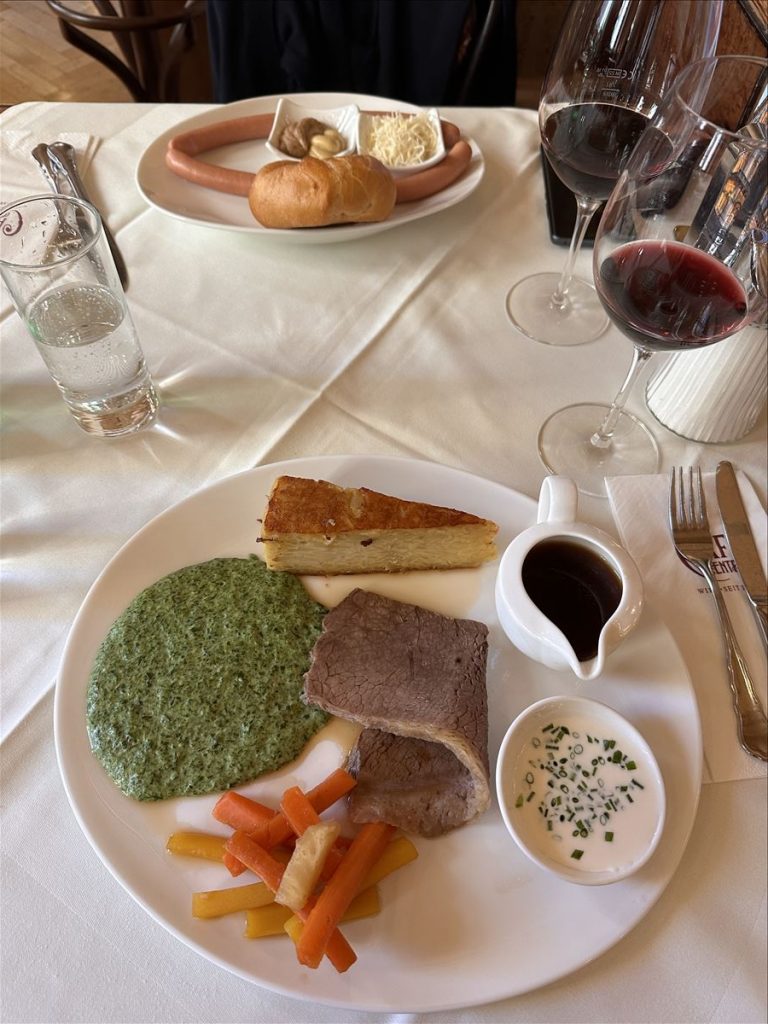

It must be admitted that in Vienna, it’s impossible to overlook who have remained its most beloved rulers in popular memory. Of course, I am referring to Emperor Franz Joseph and his wife, Elisabeth, affectionately known to the people as Sisi. Throughout the city, you’ll come across monuments and memorials dedicated to these revered rulers. Beyond the classic monuments, Vienna’s jewelry stores still offer hair ornaments in the form of diamond stars, which Empress Sisi adored and wore in most of her portraits. Also, as a souvenir from Vienna, you can bring back a packet of sugared violets. According to legend, Sisi added them to her champagne glass, giving the drink its characteristic violet tint. Such a tradition became popular both among the aristocracy and the common folk, who revered their empress.
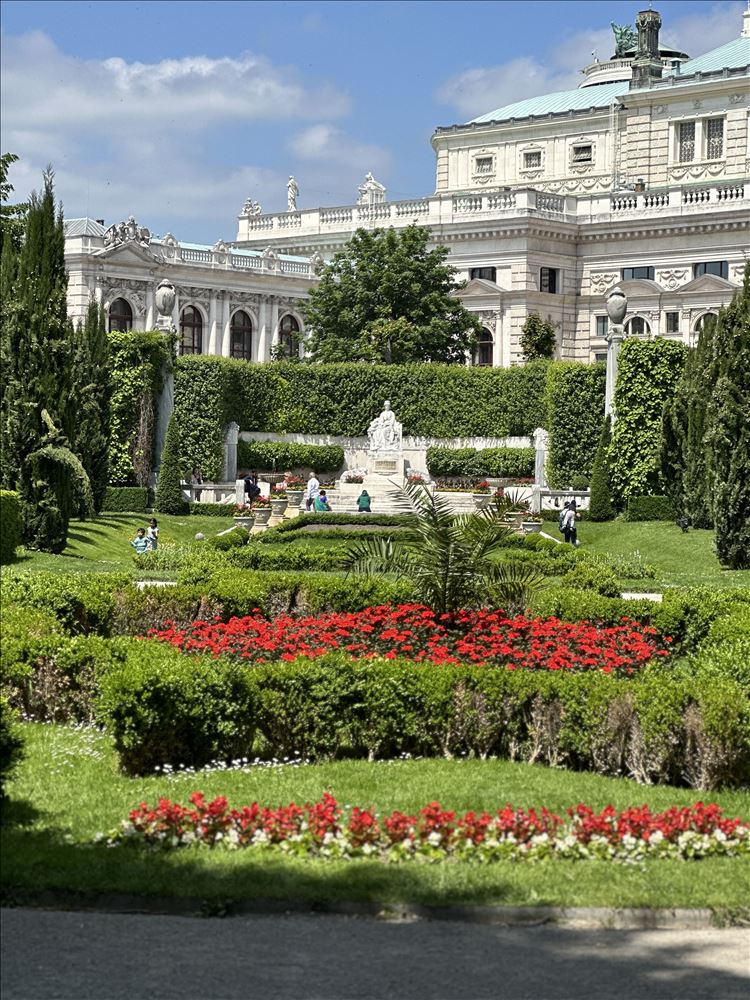
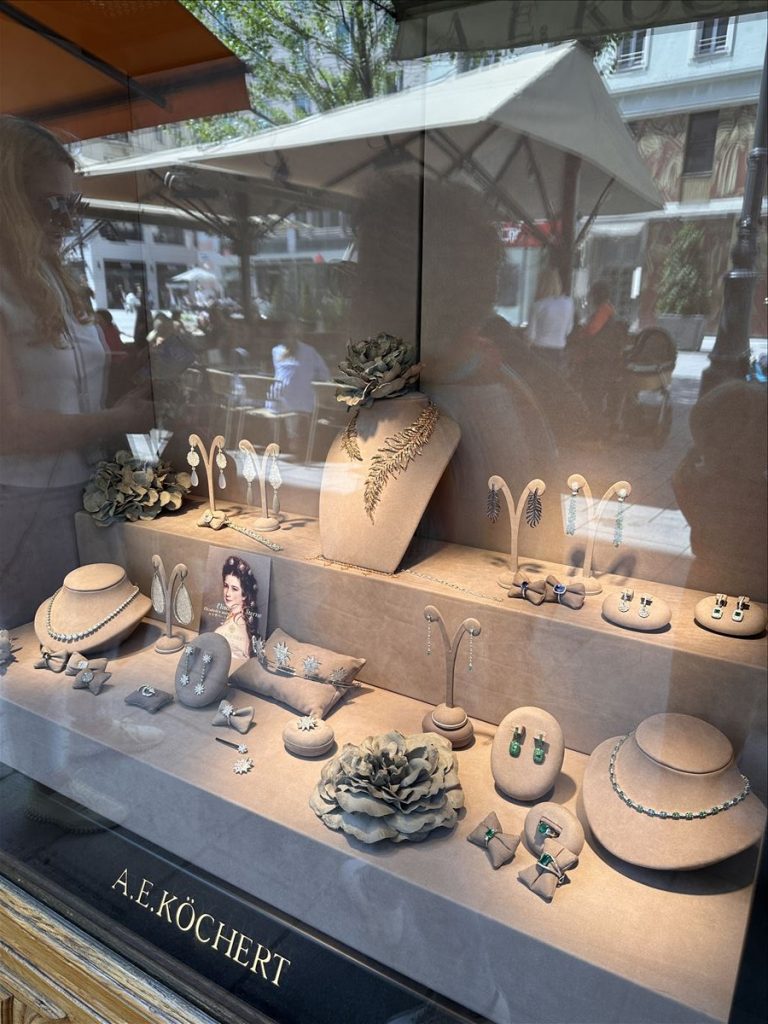
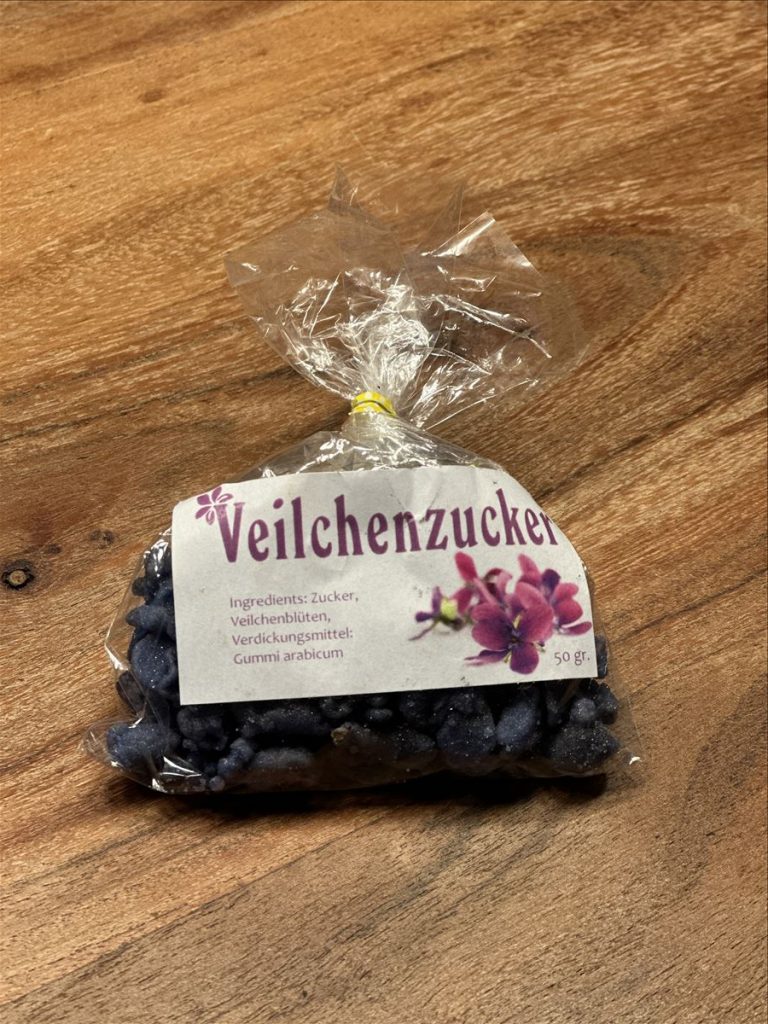
As a standalone activity, we went to Schönbrunn Park – the main summer residence of the Habsburgs. It is a palace and park complex where one can spend an entire day (especially in good weather) and not only visit the palace-museum but also enjoy time outdoors in the beautifully preserved and well-maintained park. Since this park is several kilometers from the center, it might be sensible to rent a car and get there that way.
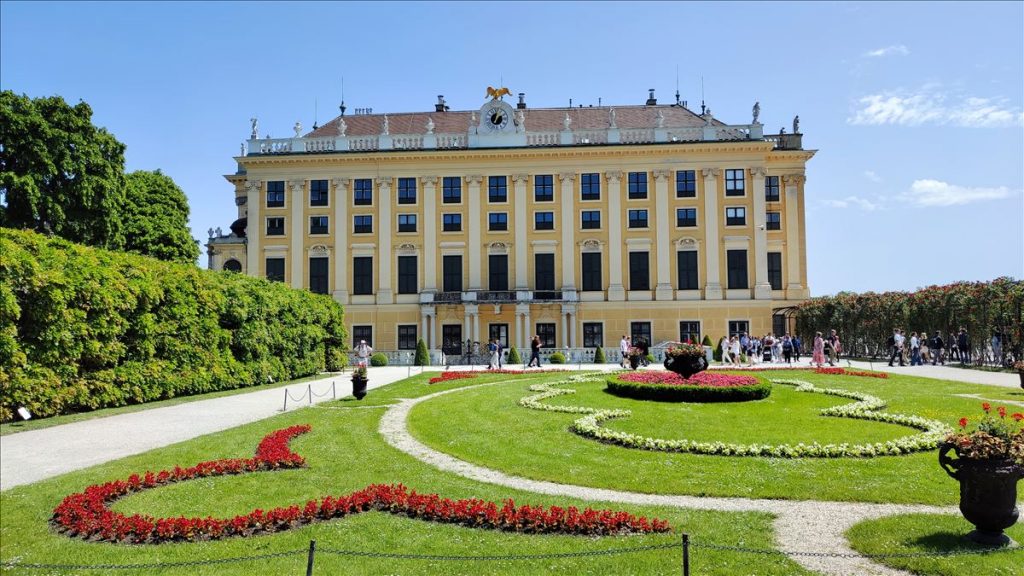
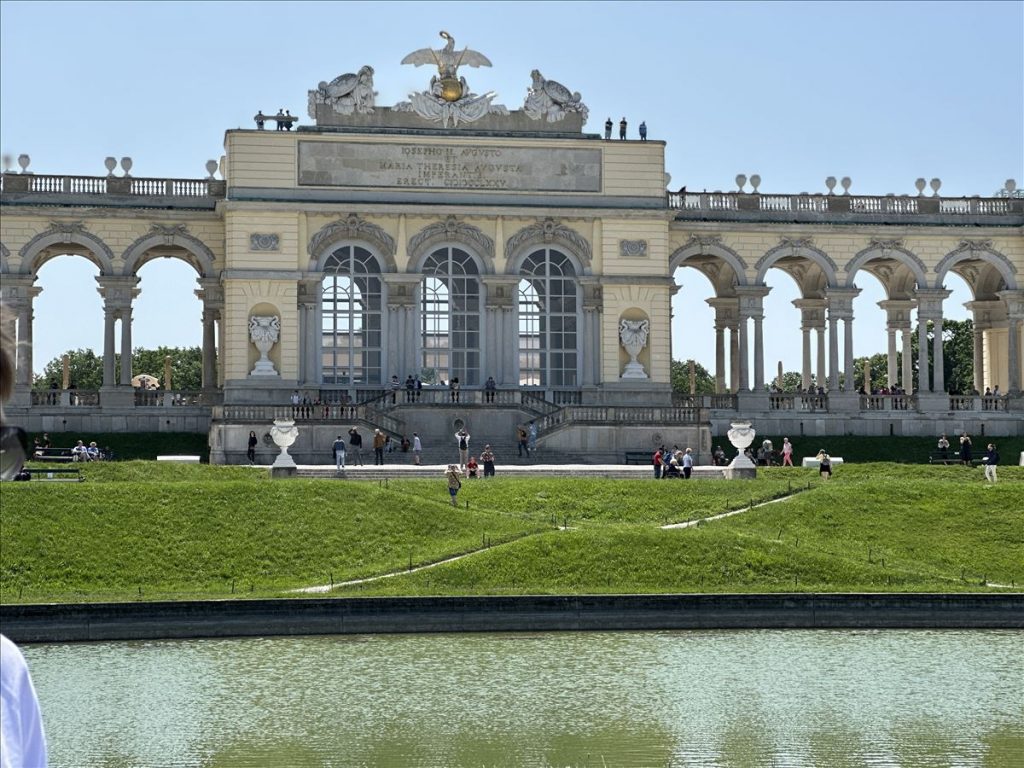
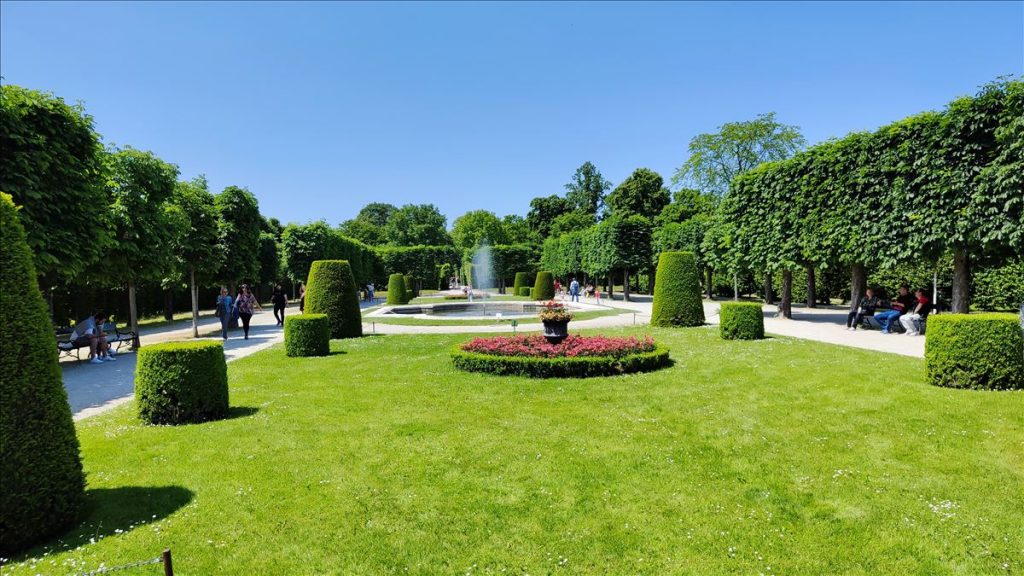
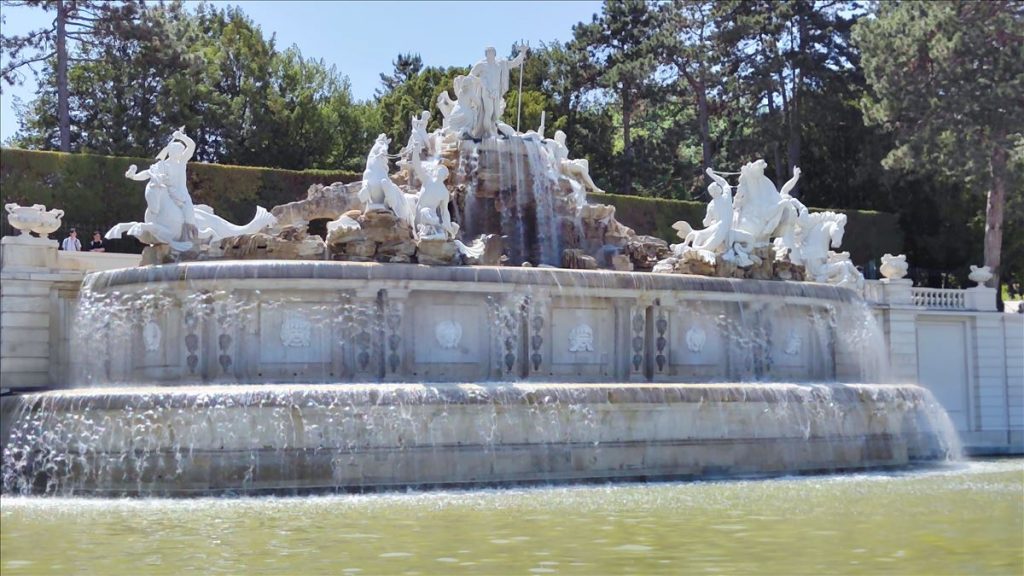
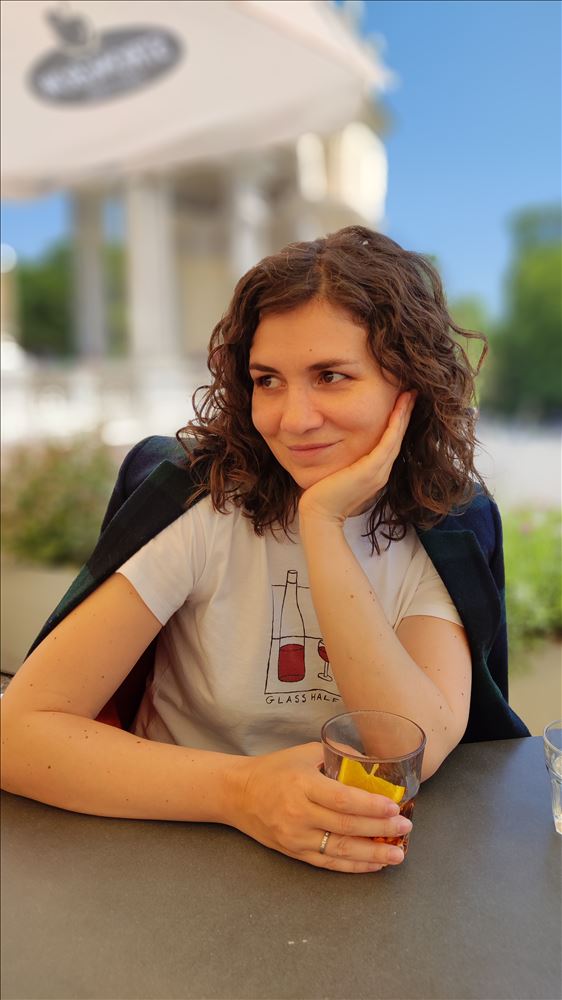
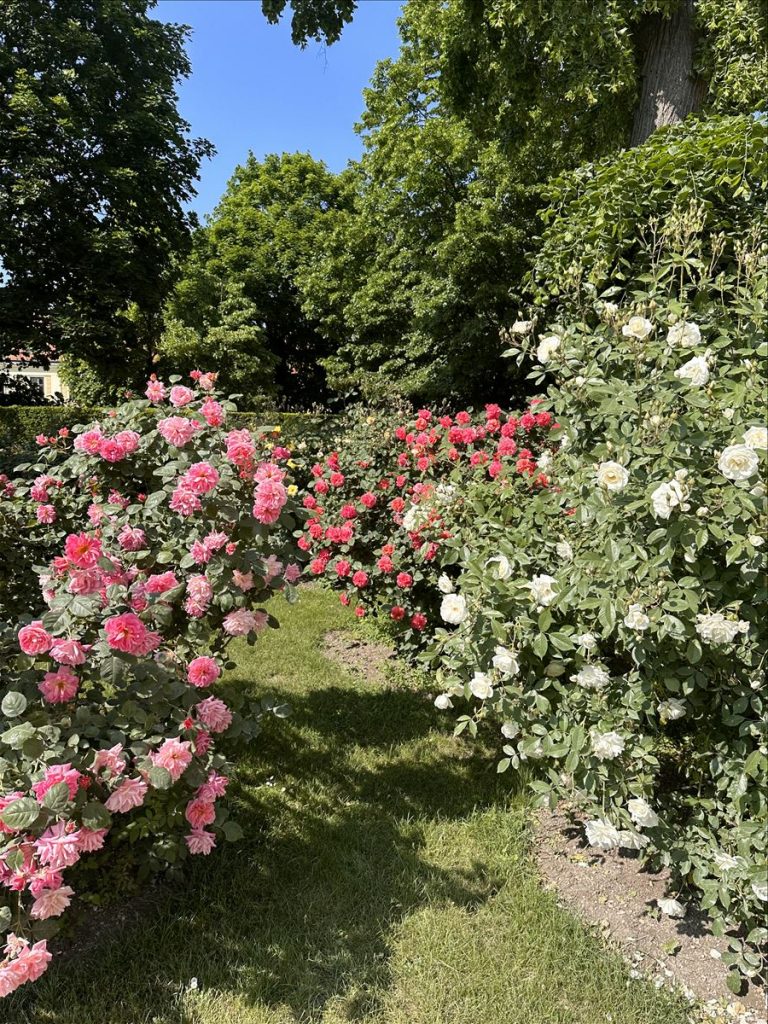
Within its grounds is also a zoo – the oldest continuously operating zoo in the world (populated with animals since 1752!). The enclosures for animals are conveniently located, and there are many cafes and rest areas. The only caveat is that it’s better to visit on weekdays, as weekends tend to attract a lot of children and visitors in general.
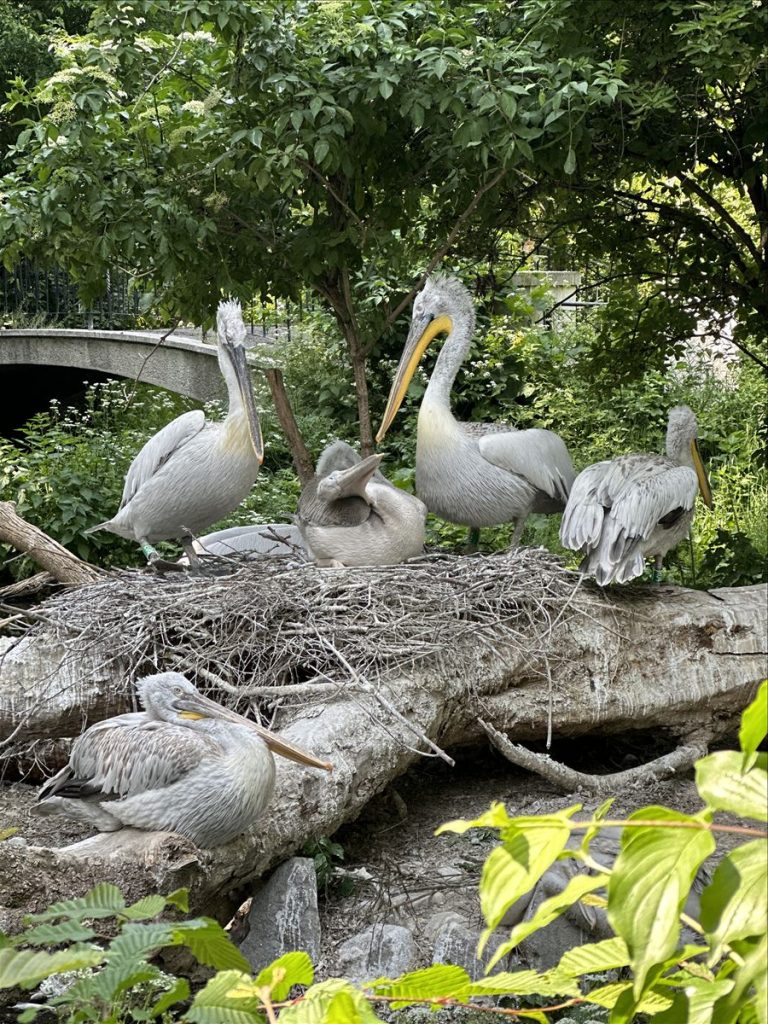
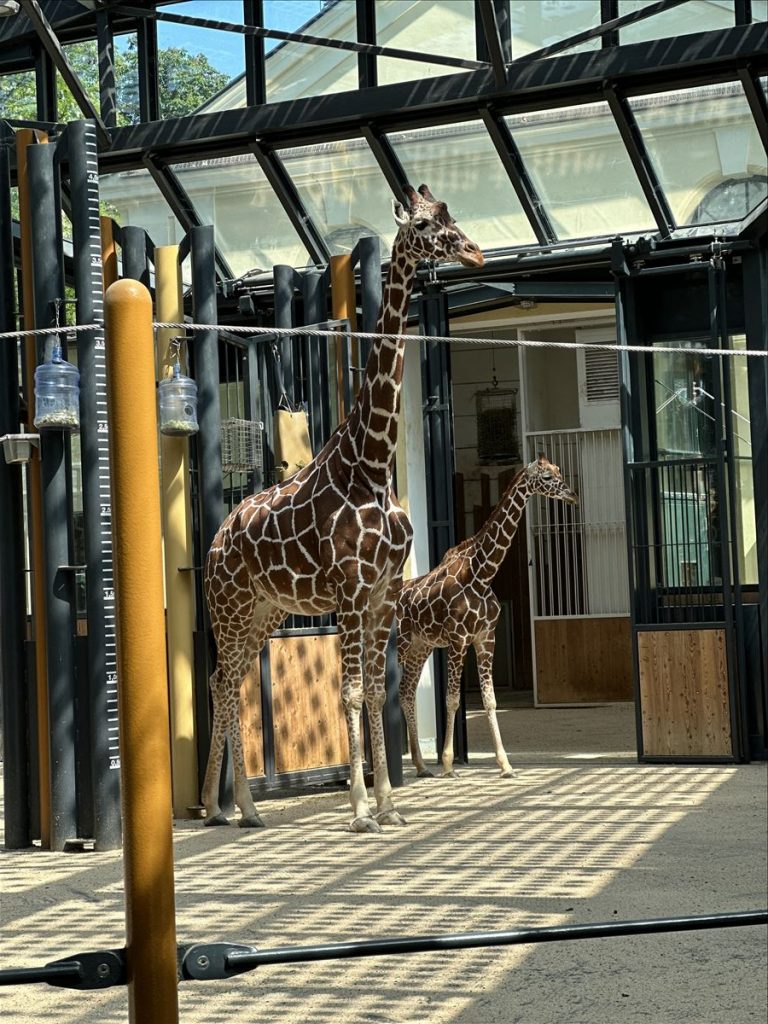
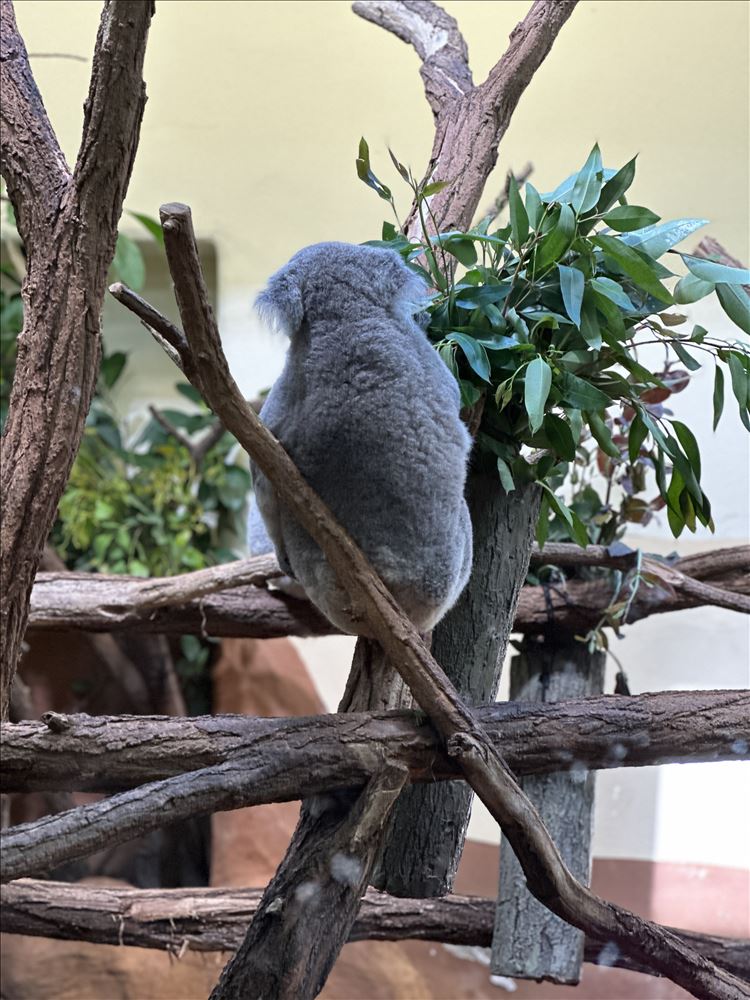
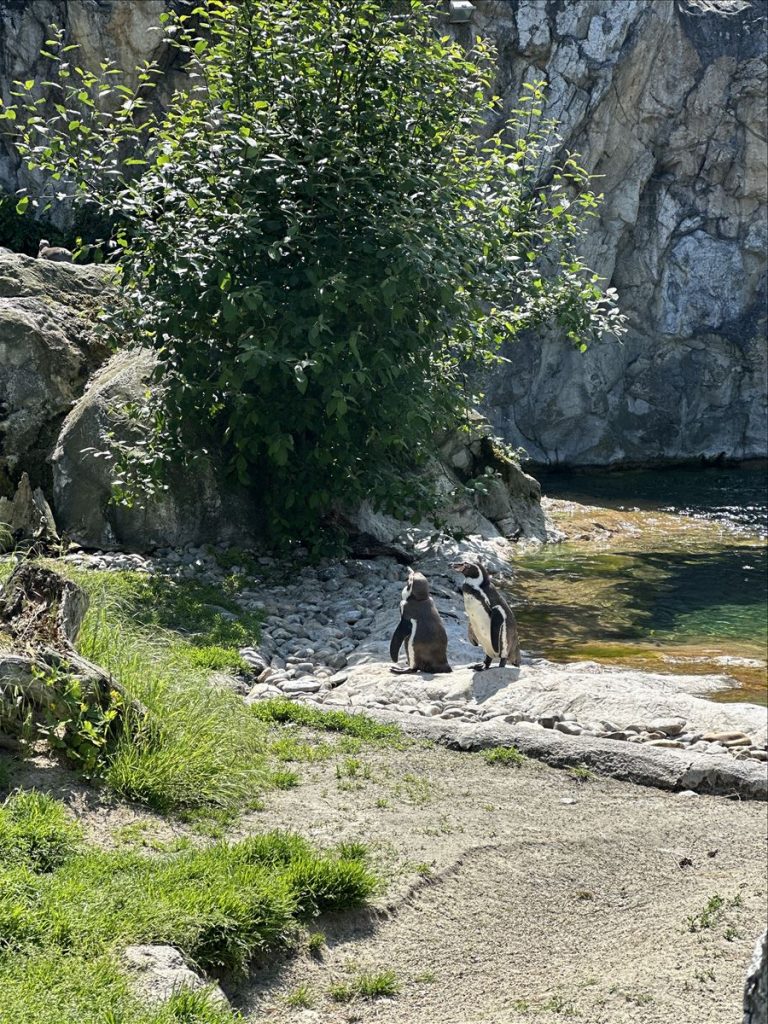
Vienna’s merits can be enumerated endlessly, and personally, we’ve decided to come back here at the earliest opportunity. We would love to stay in the same apartments as this time. It was a small separate house, enveloped in flowers, nestled within the courtyards of large buildings in the city center. Simply wonderful! Such excellent accommodation choices are worth the effort to plan the trip in advance and seek the most pleasant lodging options.
